Panda
Alina Dyussupova, Beatrice Fidone, Alessia Francesca, Vaishnavi Kumar, Giulia Pietracaprina
Politecnico di Milano Master Degree Course in PSSD Innovation Design Studio A.Y. 2021-2022
Professors: Valentina Auricchio | Stefana Broadbent | Marta Corubolo | Fabio Di Liberto | Ilkka Suppanen Tutors: Vanessa Monna | Sayali Bharambe
Printend by Tipografia Lucchi, Milano
January 2022
04 06 08 10 14 54 80 92 94 Our Team Abstract Our Process Scenario Product Service Brand Communication Conclusions Sitography and Bibliography INDEX









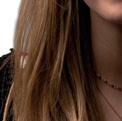






































OUR TEAM Almaty, Kazakhstan Computer Science Monza, Italy Fashion Design ALINA DYUSSUPOVA BEATRICE FIDONE
KUMAR

































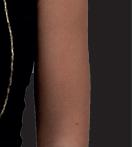

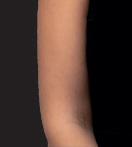





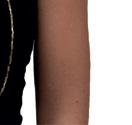



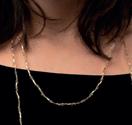















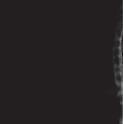


















Bolzano, Italy Communication Design Milano, Italy Product Design Mumbai, India Product and Strategic Design ALESSIA FRANCESCA GIULA PIETRACAPRINAVAISHNAVI
ABSTRACT
The idea of FLOORMA comes from the aim of designing a product-service system for an unpredictable, rapidly changing future that is influenced by the consequences of climate change. Continuous transformations in environmental, technological, political and social contexts reveal new opportunities for innovation in the dynamic area of higher education, which requires increasingly radical solutions. Starting from this scenario, the Politecnico di Milano was identified as an innovator and change-maker in the city.
FLOORMA is a product-service system, which involves students, citizens and local producers to achieve the goal of the Politecnico to be a carbon-negative campus, resulting in an increasingly environmentally aware city.
It consists of a system of tiles that compose pathways in various areas of Bovisa campus: as people walk on them, FLOORMA transforms the kinetic energy of their steps into electric energy to be used throughout the university campus & distributed to the community. FLOORMA wants to raise awareness and inform all the stakeholders, who can be aware of how much energy is produced and given to the community on a daily basis.
possible of a scenario












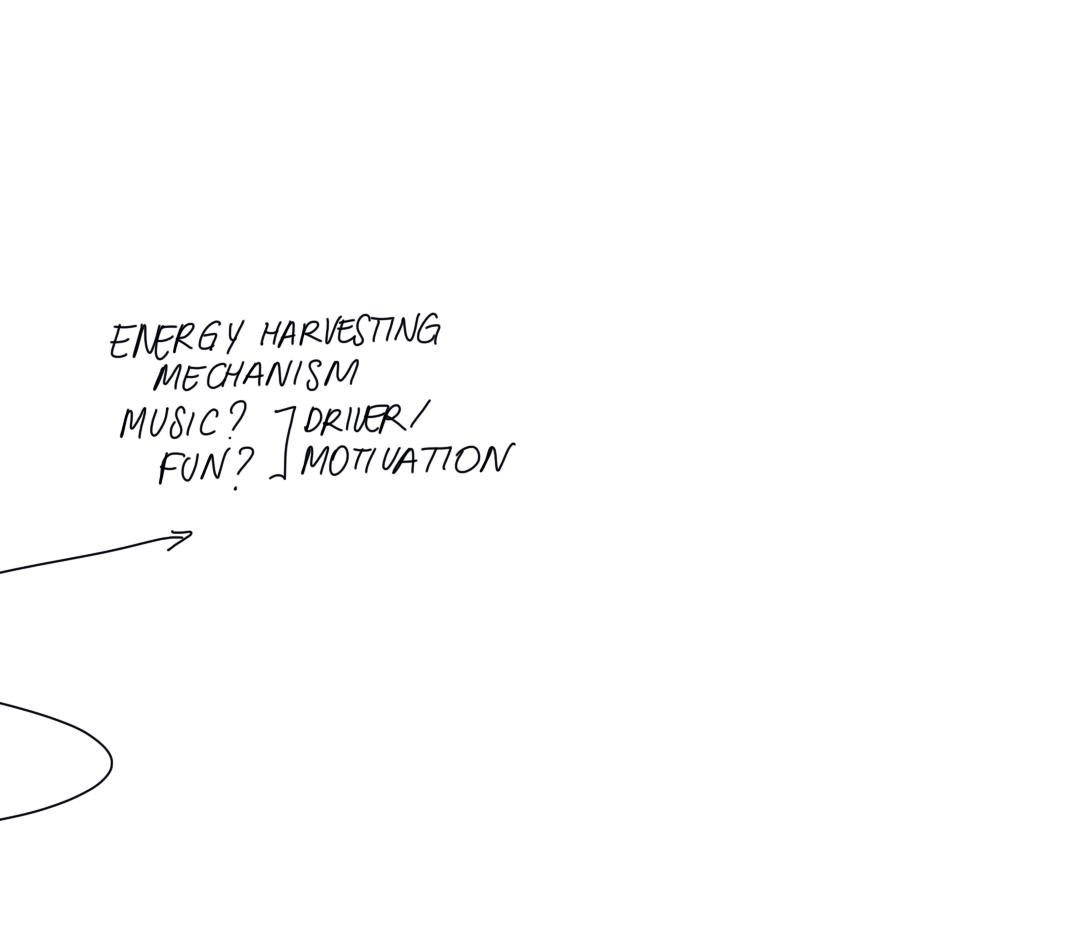

29th October Selection Selection of three best concepts
























on concepts

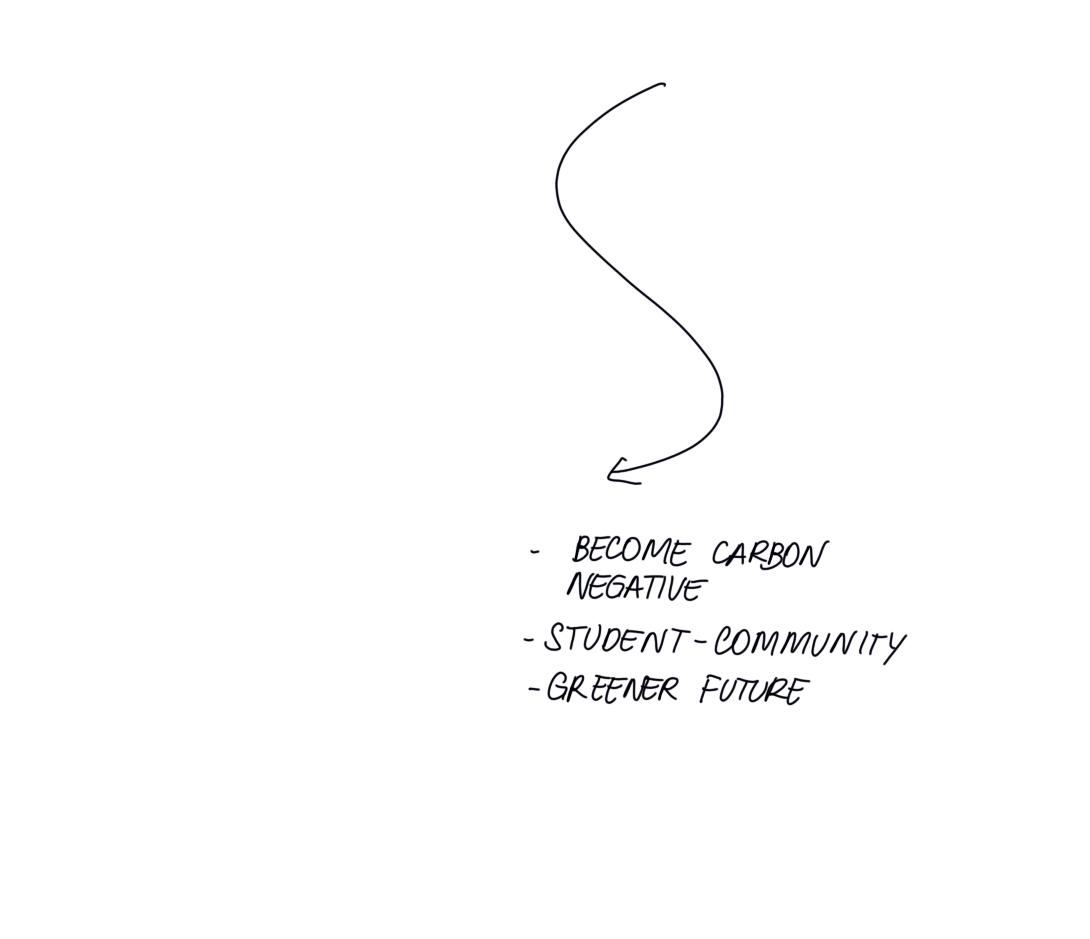
Readings scenarios

possible Primary research with stakeholders
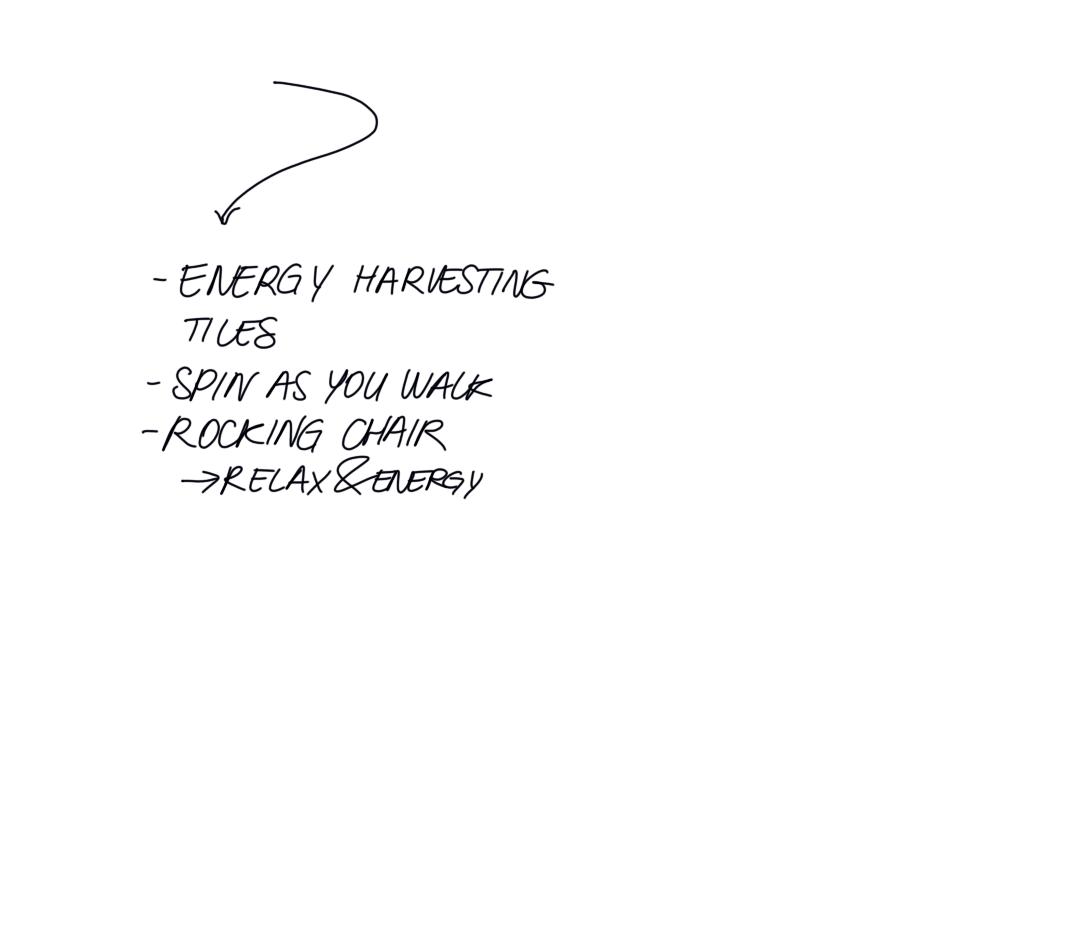
Diverge
on
1st October
MODULE 2
Concept generationdevelopment
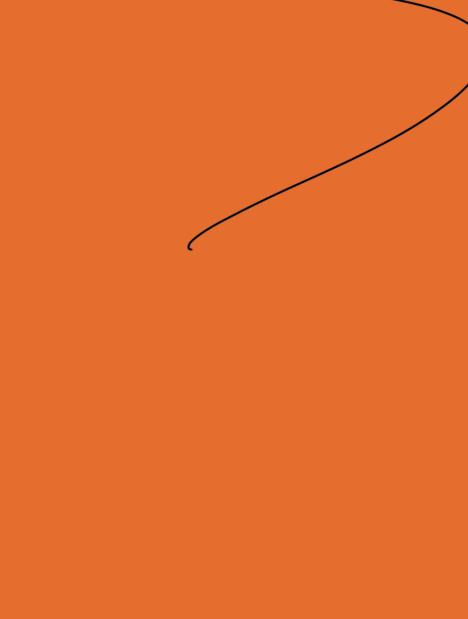
Scenario Concept development - Product - Service - System

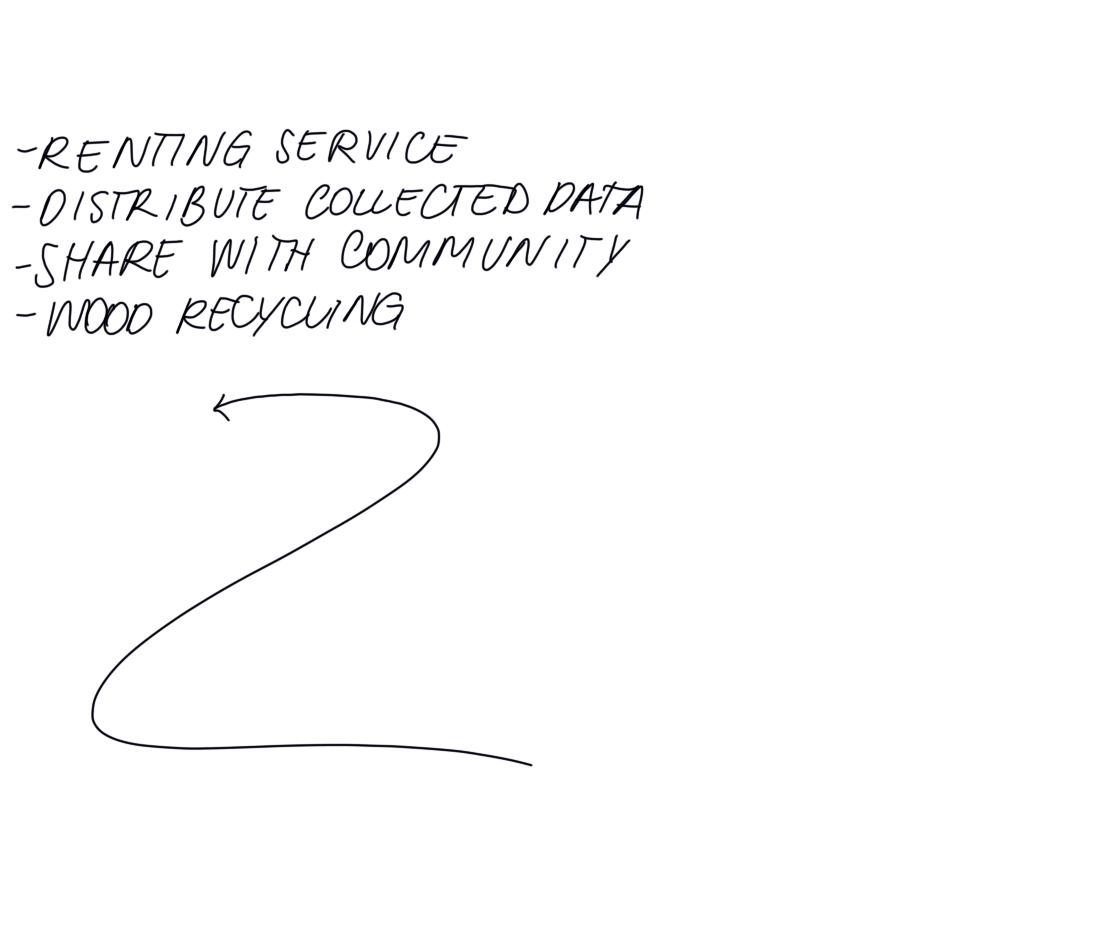
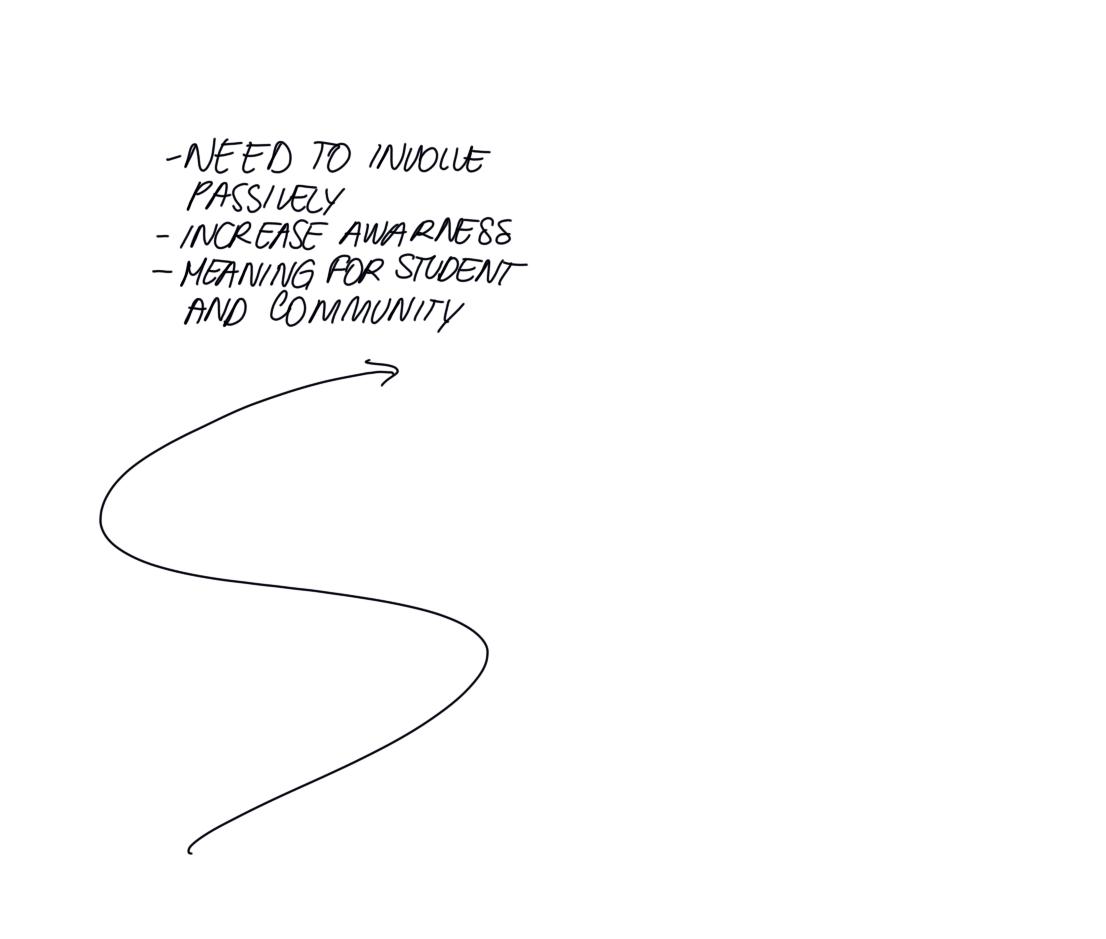
Business Pitch development



























19th November 25th January
MODULE 3
SCENARIO
The year is 2037.
The consequences of climate change are increasingly visible and extreme, so people are more motivated to act towards reversing climate change by making better choices in their everyday lives. Areas that were not previously at risk are now suffering the consequences, and institutions must make efforts to achieve the newly established SDGs.
Big cities such as Milan are facing resource scarcity but the level of consumption per capita is still too high. Citizens are increasingly sensitive to these issues and are opting for more sustainable and environmentally friendly
lifestyles. Institutions and governments are also adapting to the environmental urgency: the city of Milan has managed to achieve great results in reducing greenhouse gas emissions by replacing them with renewable energy sources to sustain almost the entire city.
The city has managed to switch completely to electric public transport and has planted almost four million trees to capture the carbon dioxide still produced. University campuses have also joined the initiative and there are large tree gardens in all available spaces and common areas of the green campus. Institutions such as universities are leading the
10
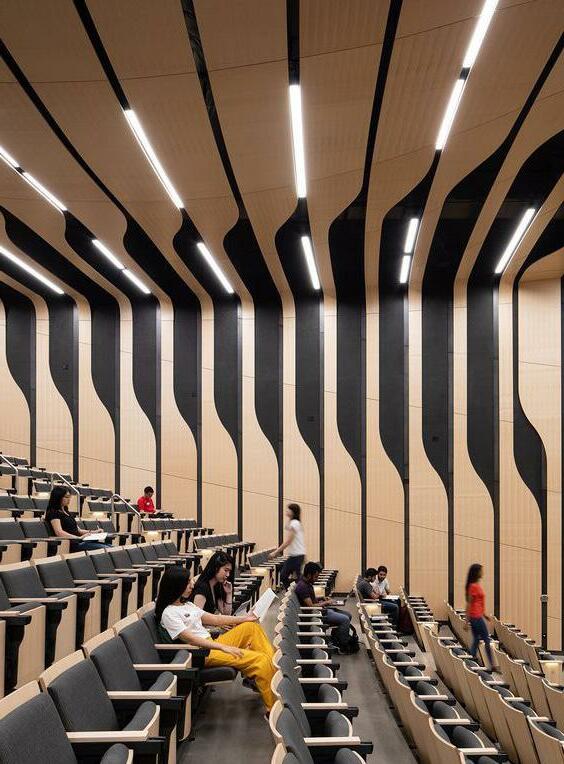
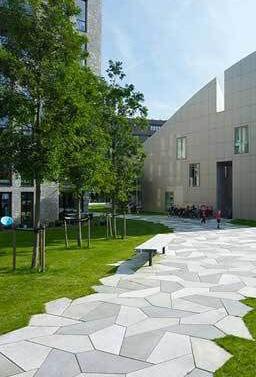
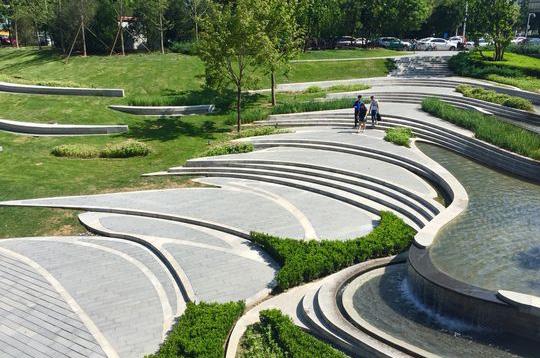

Community Drinven Solution Carbon footprint 2037
cities in change, in fact the Politecnico di Milano which has already achieved carbon neutrality is trying to become carbon negative.
Despite the decreasing birth rate in Italy, the number of students in Milan’s universities has increased in the last fifteen years because universities are more accessible thanks to new technologies such as AI and VR that make the curriculum customisable and flexible. There is no longer an archetypal student, but people of different ages, ethnicities and reasons for enrolment that make up the student demographics. Within our scenario, we see students as people who care about their community and
are actively involved in working on SDGs as a part of their higher education to find new sustainable solutions.
Our question is:
We want to create a community-driven solution because, through all our research, we have realised the importance of having the support of a community which is committed to improving the world not just for themselves but also for the future generations. This is why our productservice system aims to enable all stakeholders to make a small effort and help the community achieve its goal.
12
How might students help the campus to be carbon negative?

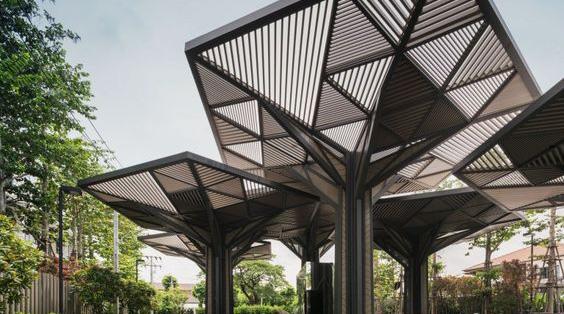
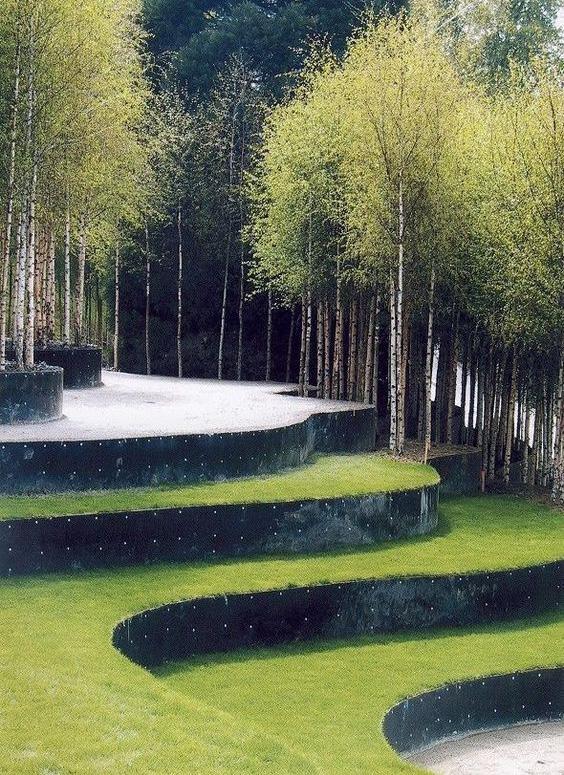
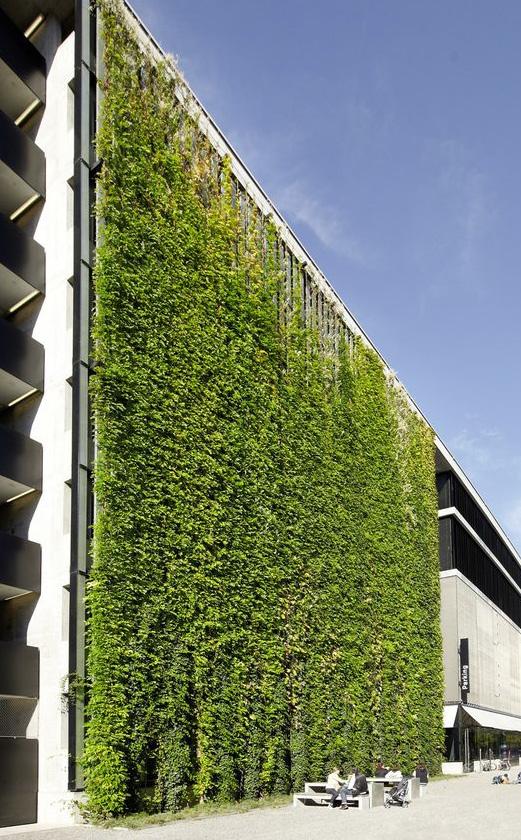
Energy Carbon Negative Sharing
PRODUCT
18 20 24 26 28 30 32 34 36 38 44 48 50 Concept Evolution What Is FLOORMA? Why Triangular Shape? Dimensions Where CMF analysis Uneven Balance Material Palette Technological Feasibility Production Process Prototyping Impact Assessment in the Production Phase
STEPPING INTO THE FUTURE!
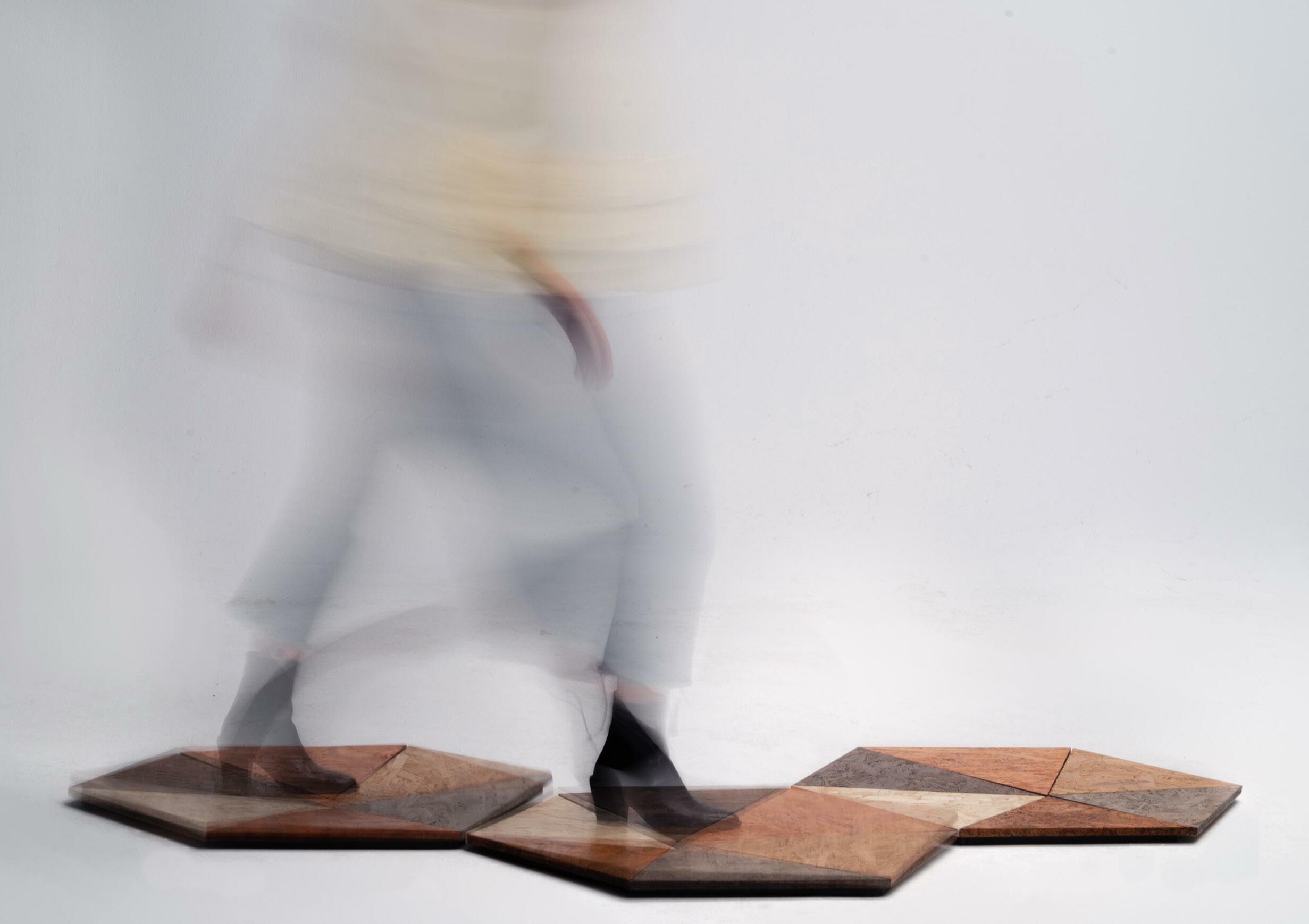
FLOORMA is a system of floor tiles that uses the kinetic energy generated by your footsteps to create clean electricity that can be used by the university and the community, towards a carbon negative future.
CONCEPT EVOLUTION

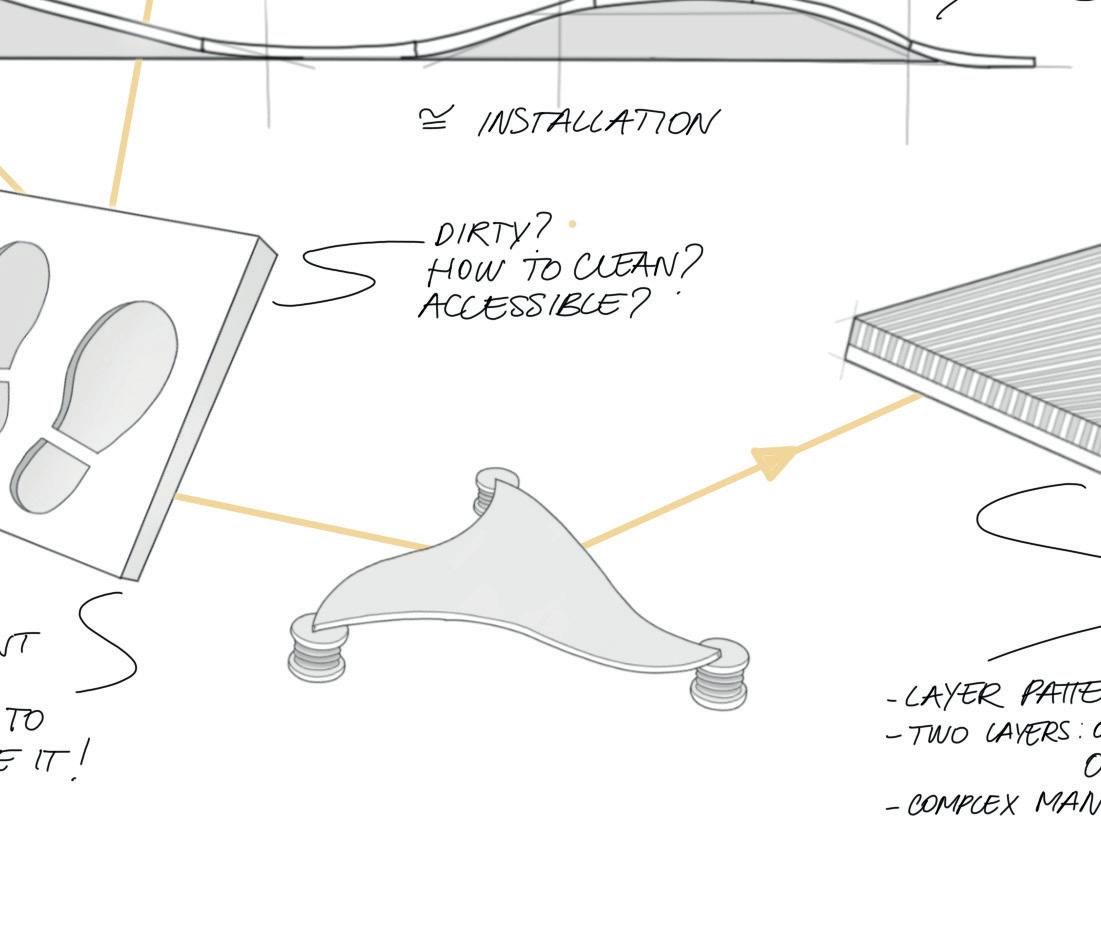
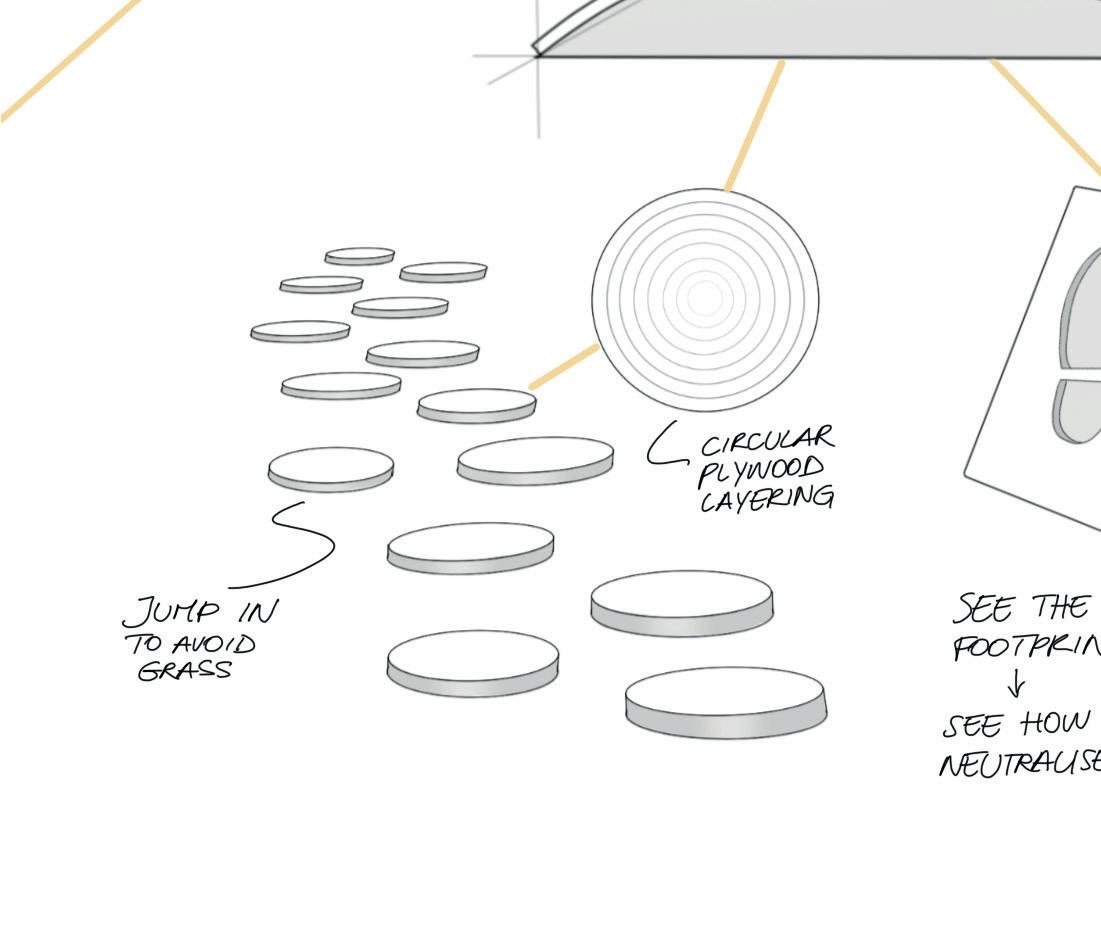


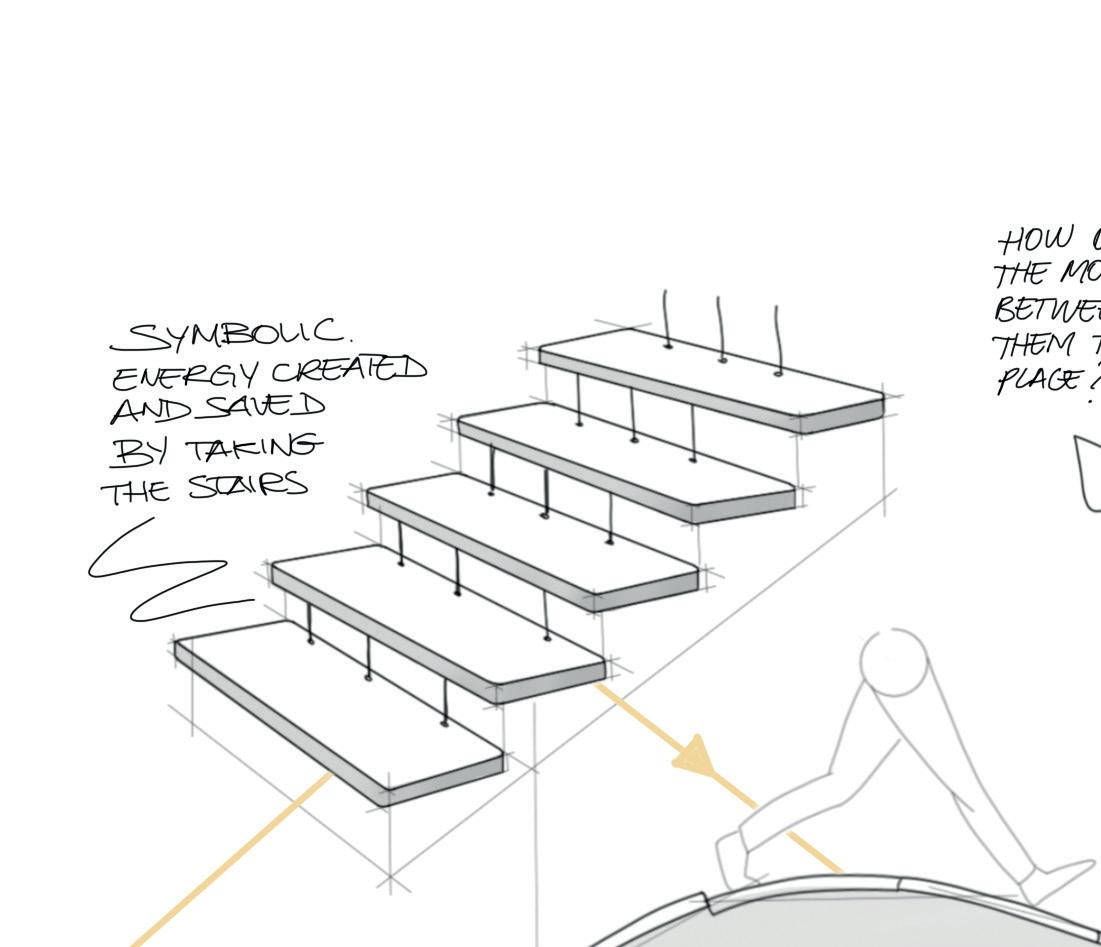
Step by step to arrive at the final idea of FLOORMA!

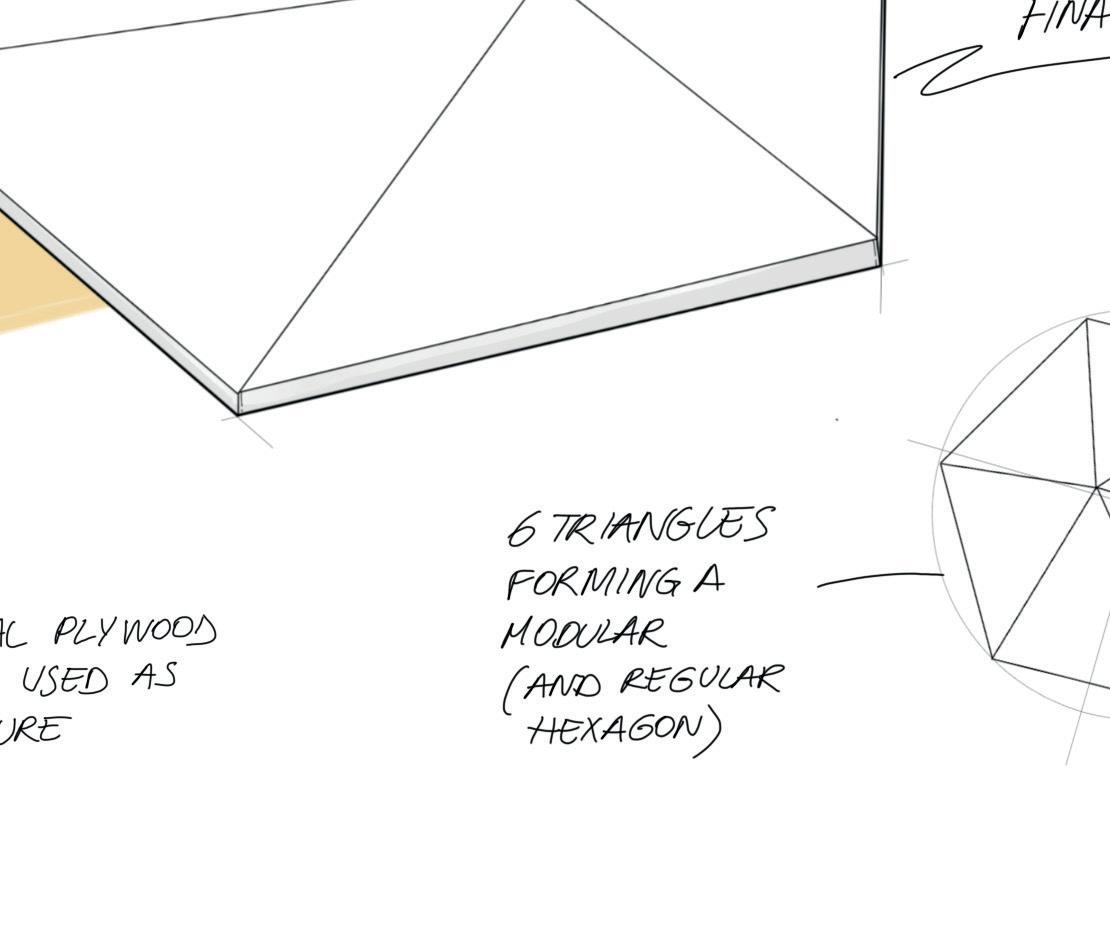
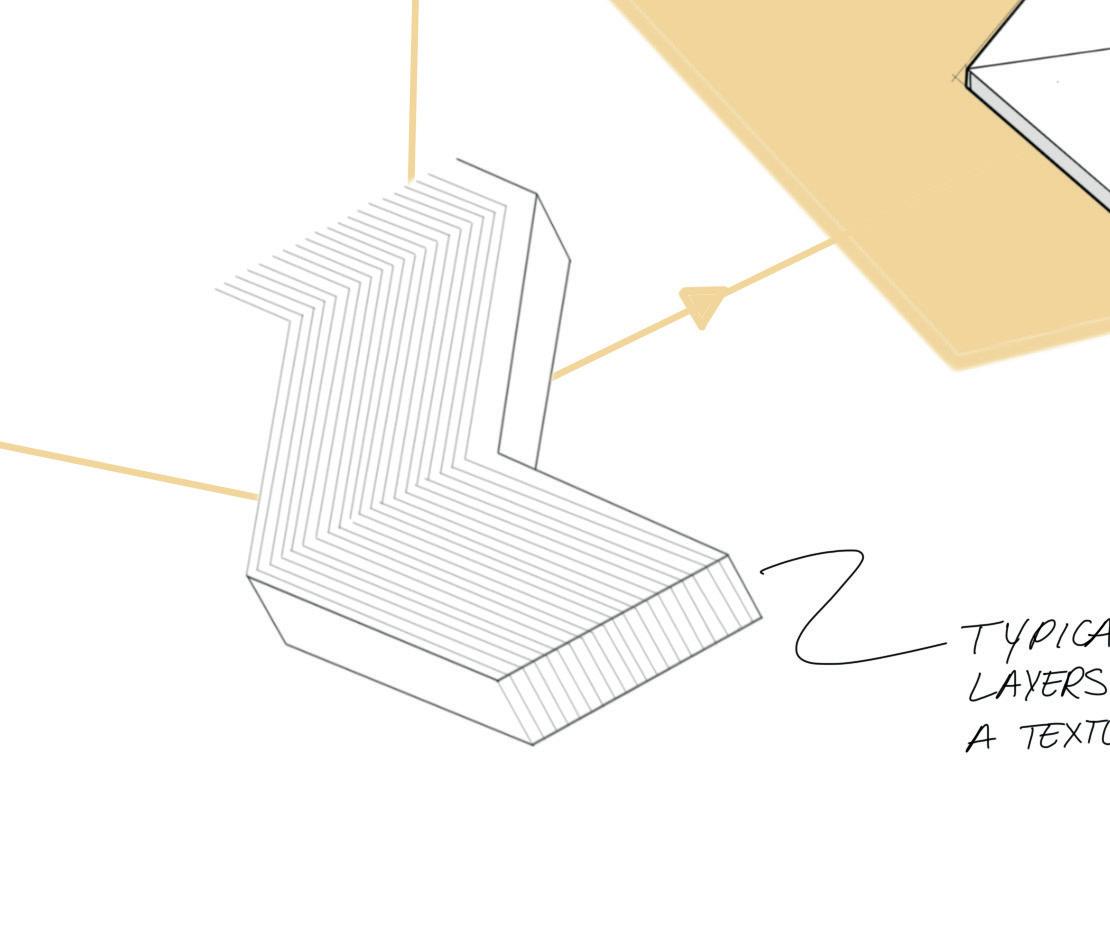

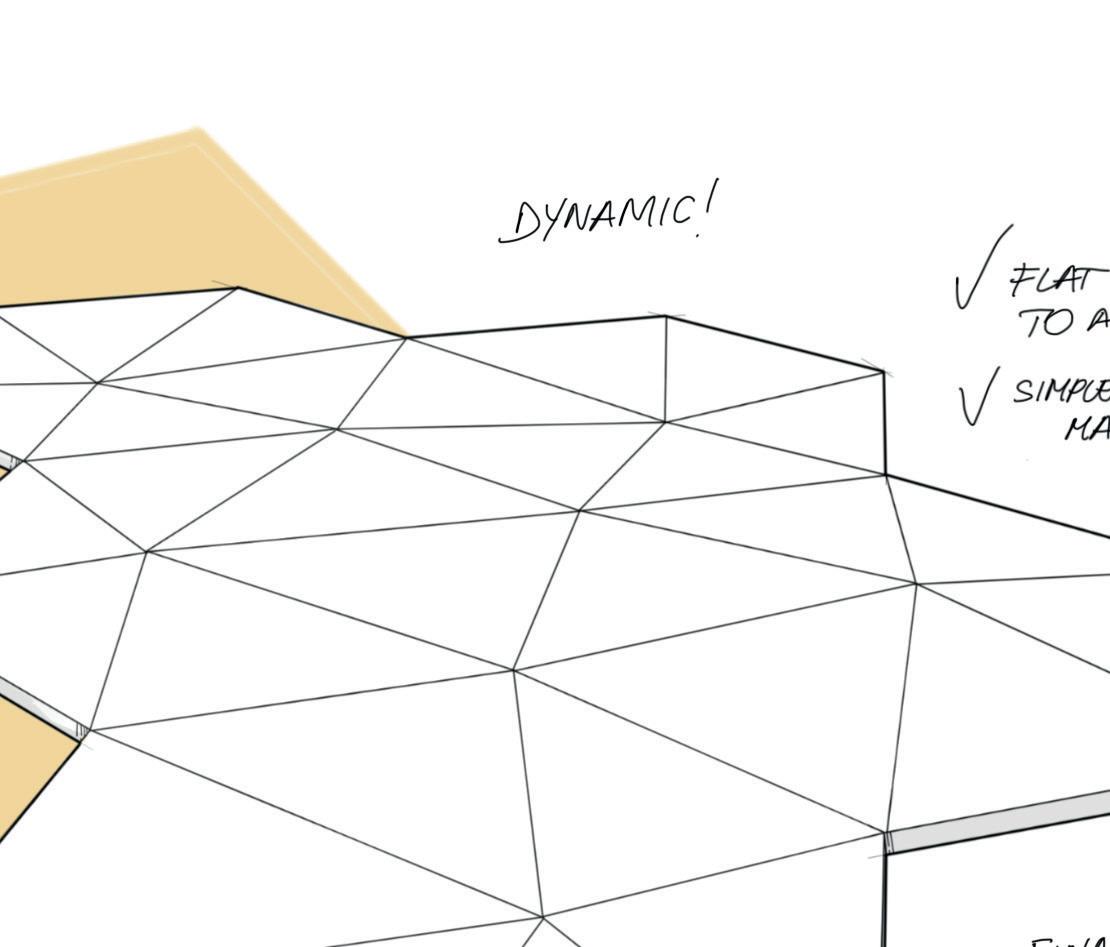
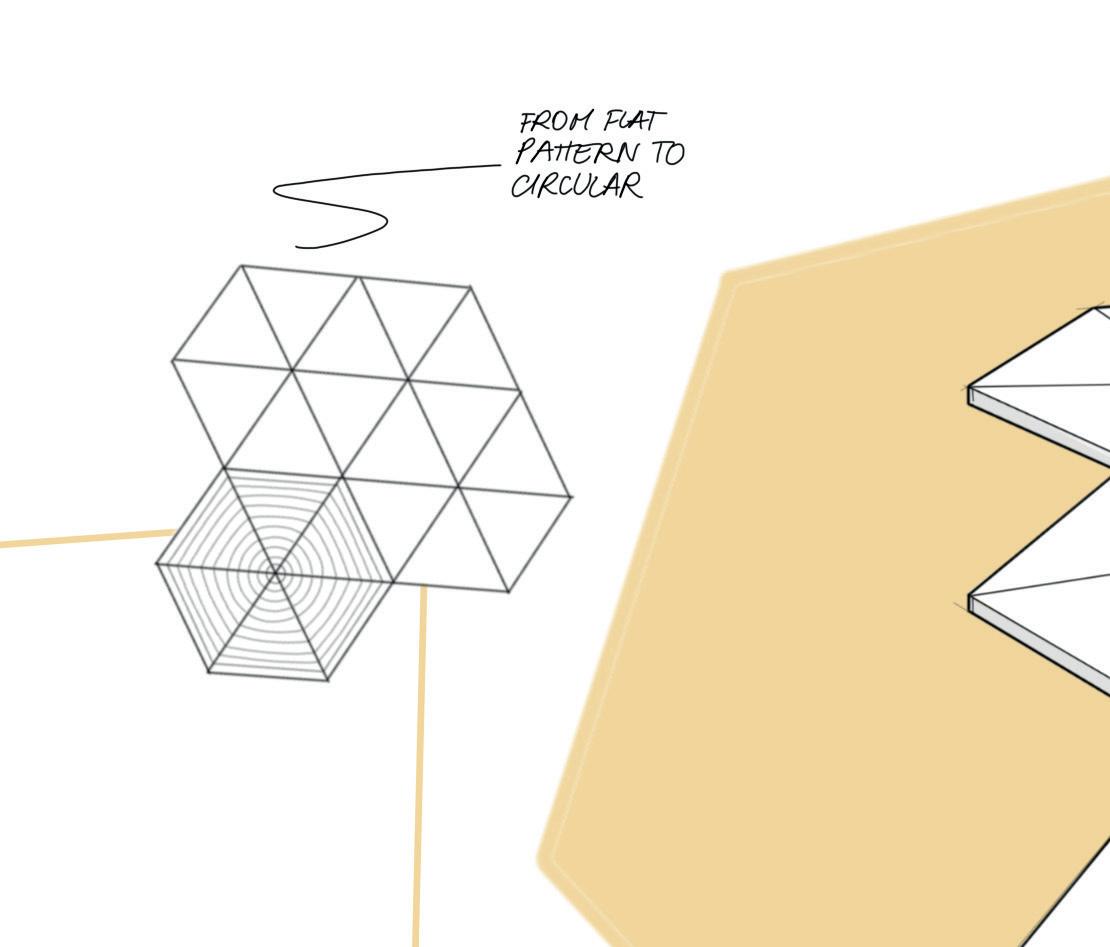
WHAT IS FLOORMA?
FLOORMA is a tile system that composes a pattern with a hexagonal base from six irregular triangles. They are made from OSB, based on the re-use of waste wood from local manufacturers. The design of the tiles is highlighted by the use of recycled wood and the choice of using earthy pigments. This not only adds colour by emphasising its dynamic nature, but also highlights its texture. Underneath the tile system is a mesh of mechanisms that generates electricity from the movement of each tile as a result of walking on it: thus transforming the kinetic energy of compression into electrical energy.
20
Product
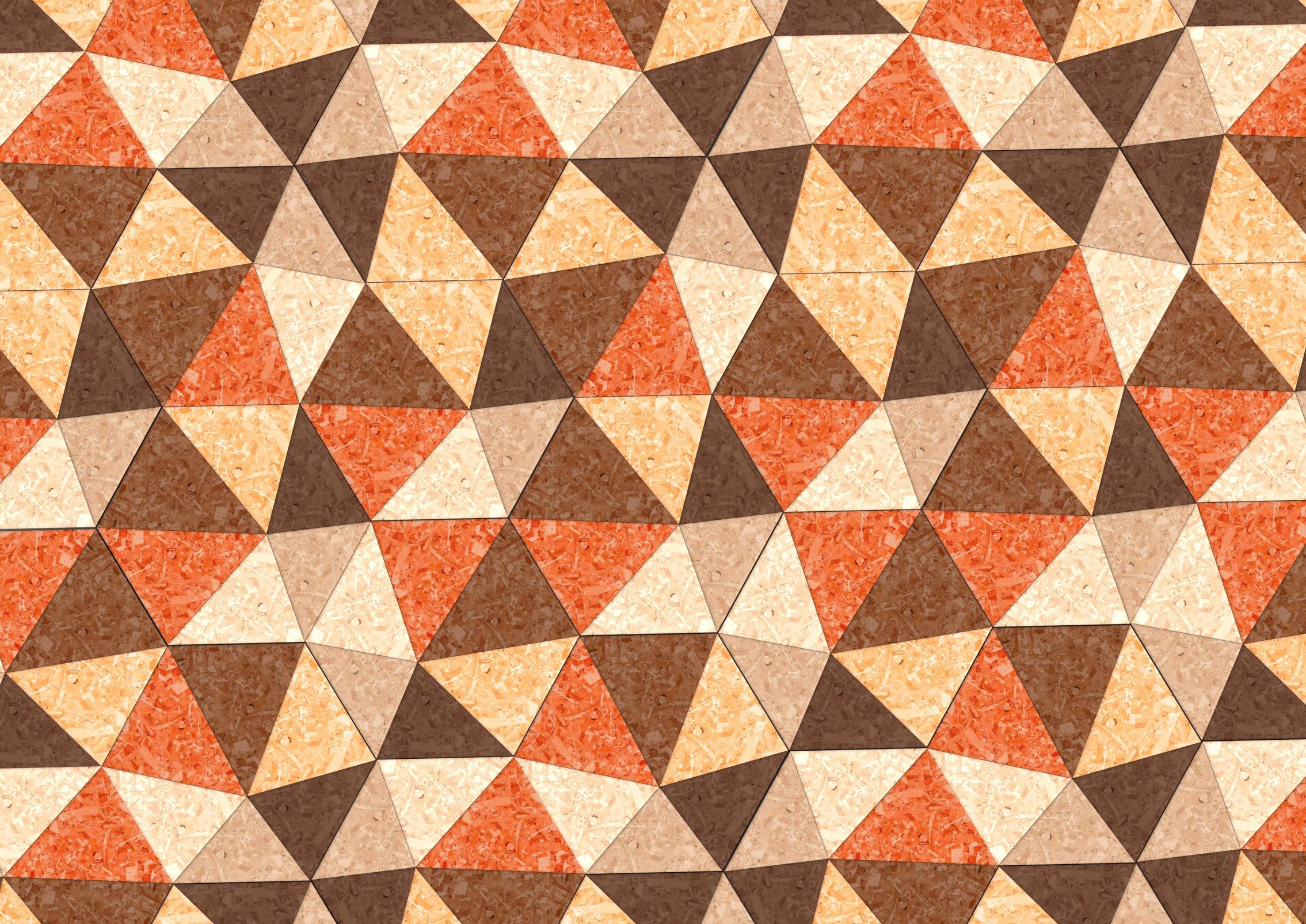

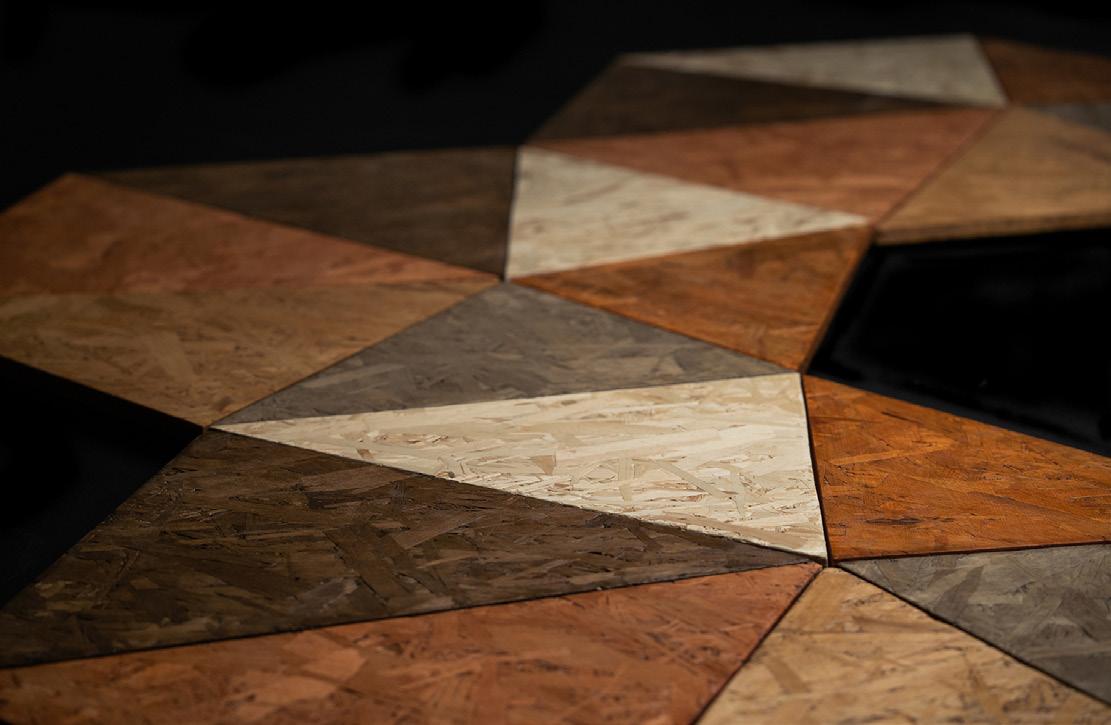
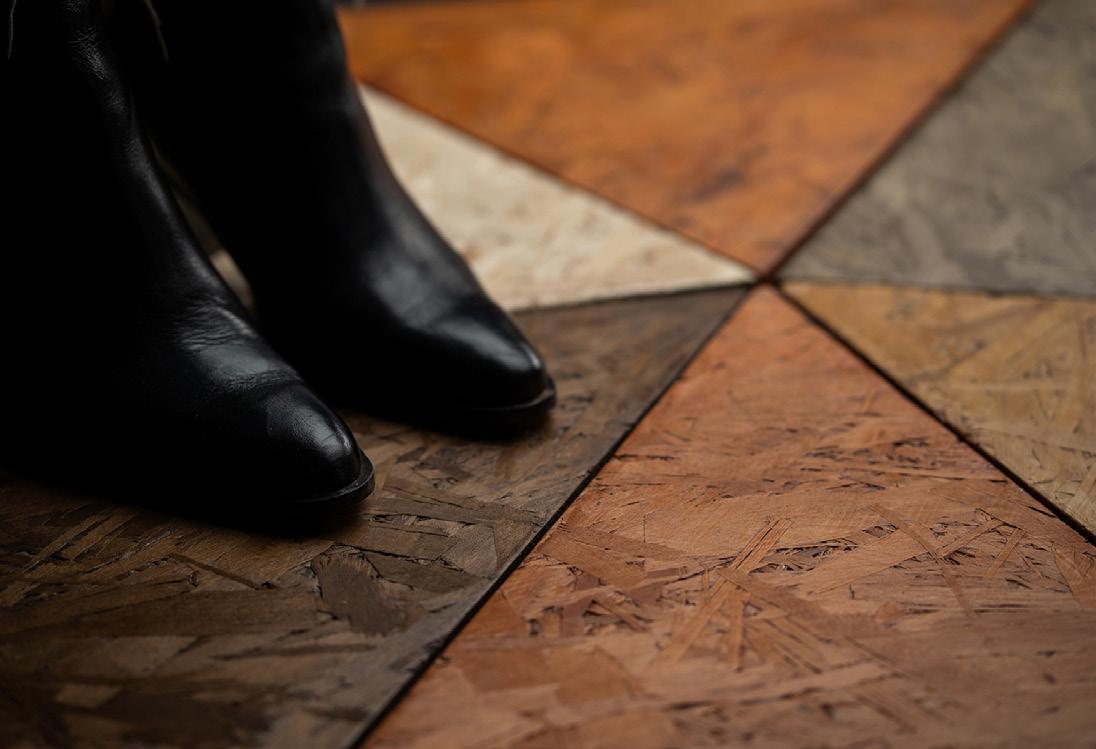

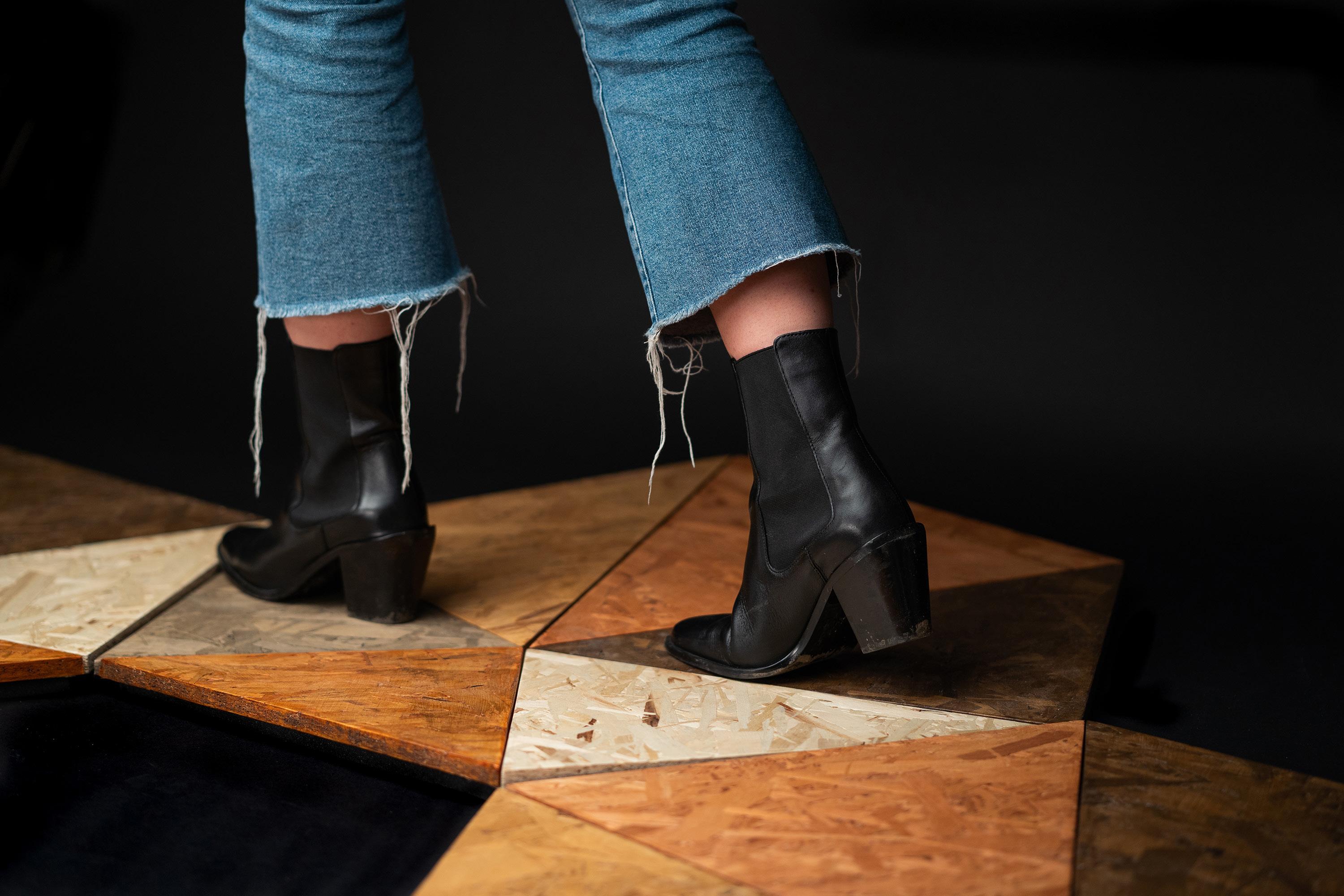
WHY TRIANGULAR SHAPE?
Each tile has a triangular shape because it’s the optimal one to capture energy from movement of walking on it. When one of the tiles get compressed, it affects the five other tiles in the hexagon module. The foot pressure is also better distributed over three points; if the tile had four vertices, there would be one point that would not be compressed as much as the other three. If there are three angles, they are all used 100% and compression occurs at all points. The triangular design creates a continuously articulated surface with no dead zones allowing us to capture energy from every footstep.
24
Product
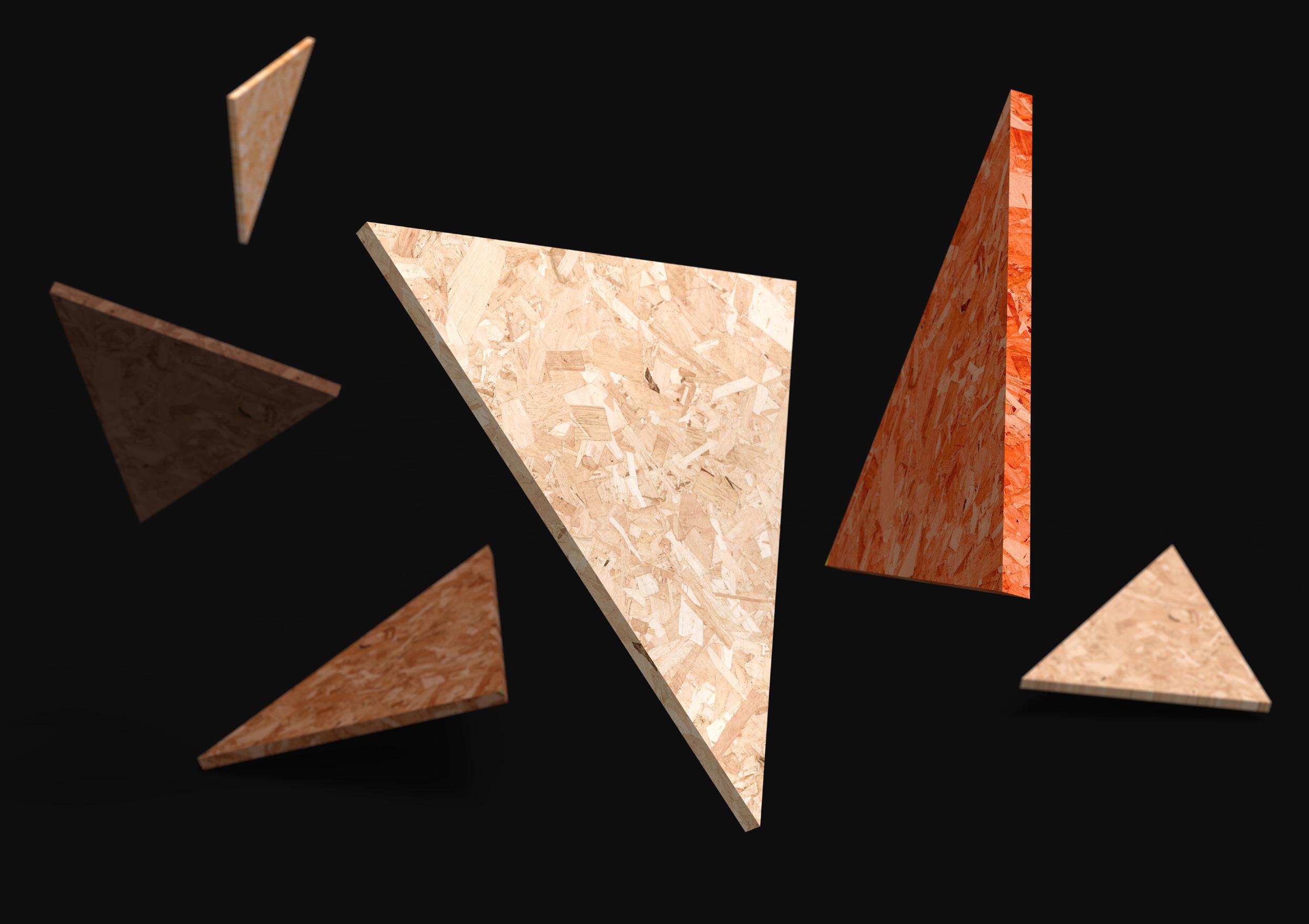
DIMENSIONS
Each triangle was sized in relation to the user and material optimization. The area of the tile is designed to remain larger than a footprint, but small enough to generate maximum energy from each step. It is also large enough to save on the number of modules in the underlying mechanisms that generate energy.
26
Product
248,59 15 15 15 15 15 15 178,43 400 400 400 400 400 400,00 126,07 104,50 376,64 444,23 414,72 316,18 178,43 273,93 295,50 278,82
WHEREFLOORMA tiles are positioned exclusively on the Durando campus of the Politecnico di Milano, located in the Bovisa district of Milan.
The areas have been specifically identified in places where people going at university walk most frequently.
Path 1 (see image A) refers to a street immediately following the main entrance to the campus, located in the middle of the buildings of the engineering and design faculties; it can therefore be used by both.
Path 2 (see image A) refers to the passage connecting building B2 to PolEATecnico, the university bar. This path is interrupted in the
green area of the Ellisse, which is the most frequented place for students’ breaks.
Path 3 (see image B) is located inside building B2, one of the busiest buildings on campus. The identified pathways are located at the entrances/exits, and lead directly to the stairs; this is not only a strategic place to pass, but wants to convey the message to use the stairs as much as possible, and not the elevator!
FLOORMA’s philosophy is sustainability, not only environmental but also social, which is why the paths are accessible to all users, as they are built at the same height as the other floors.
28
Product
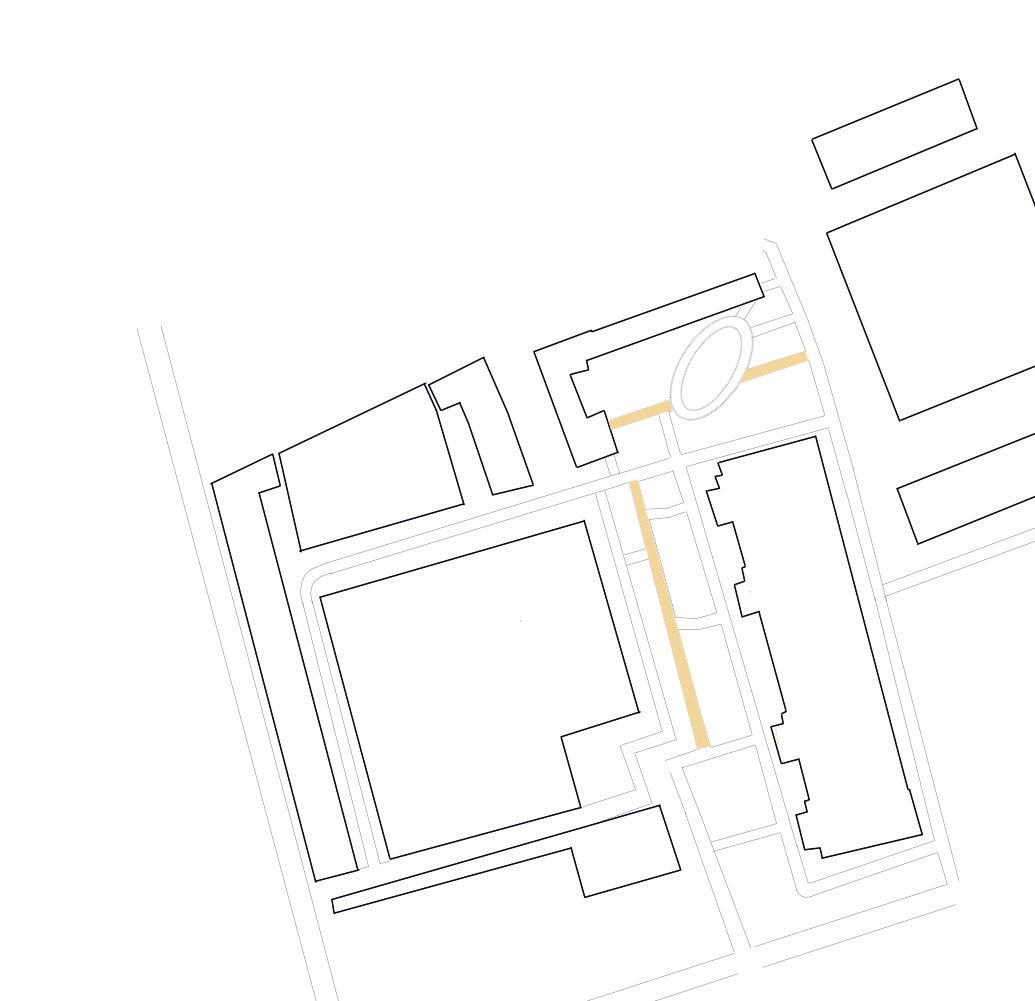




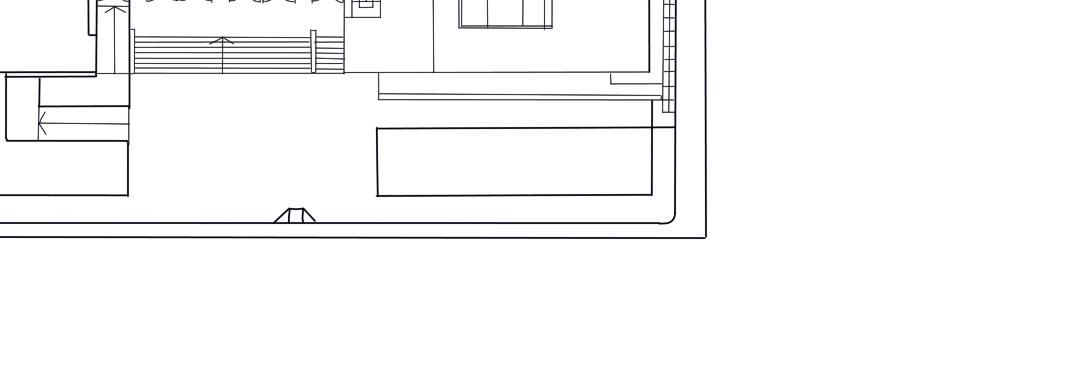
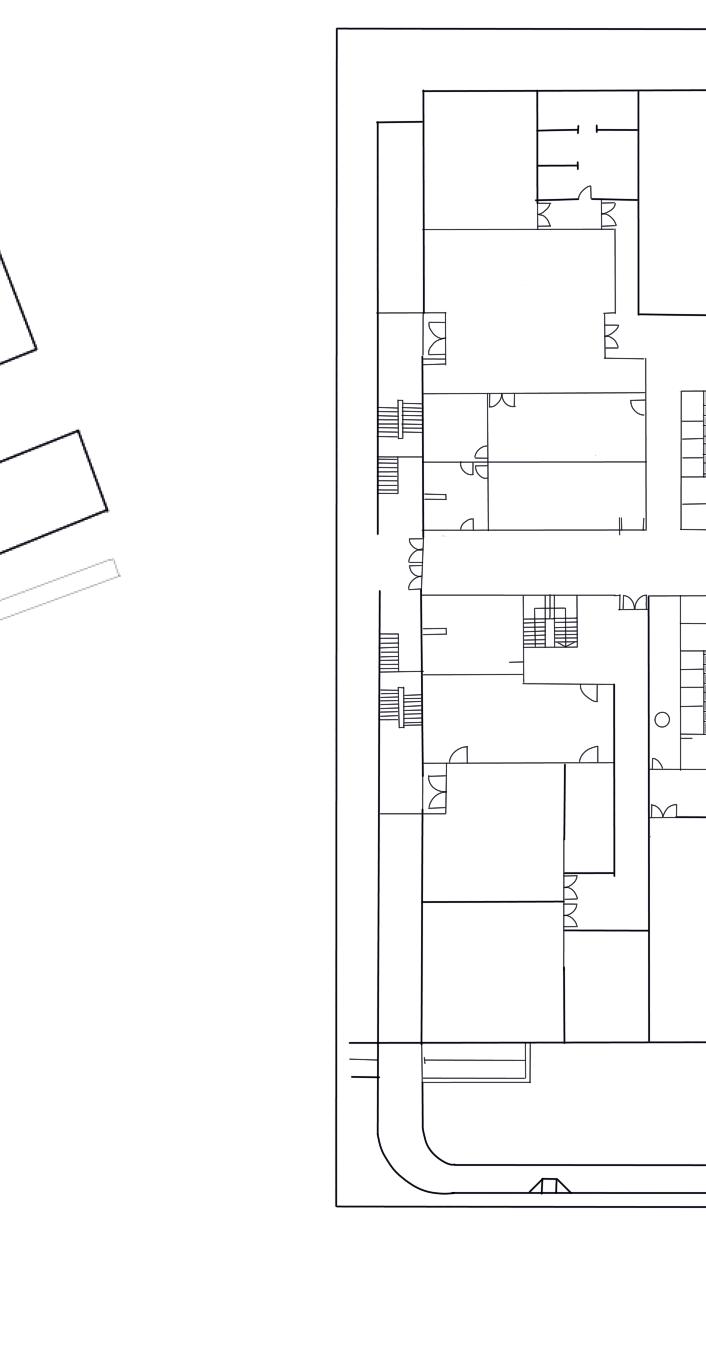
28 m² Path 2 Path 3 Path 1 33 m² 176 m² 31,5 m² 31,5 m² Total area: 300 m² Total number of tiles: 4285 Image A Image B
CMF ANALYSIS
In order to design the perception and functionality of our product towards the user, a CMF analysis was carried out balance between Colours, Materials and Finishes. In order to choose the right material, therefore, not only were the “tangible” requirements (chemical-physical characteristics) studied, but also the “intangible” ones, consisting of the sensory and emotional characteristics that do not depend directly on measurable quantities.
30
Product
Material Finish Colour 1 1 1 1 11 2 2 2 2 22 3 3 3 3 33 4 4 4 4 44 5 5 5 5 55 Functional Emotional Brightness Smoothness Playful Preciousness PreciousDuctility Fresh Warmth Cozy/NaifElasticity Gradient Reflectiveness Ecofriendly Rationality DirtyScent Warmth Relief Luxury EcofriendlySoftness Monochromatic Glossyness Clean Cleanliness CleanLightness Happy PollutingWarmth Saturation Pattern Raw Energetic Playful ElegantStrenght Glamour Smoothness PopRoughness Functional Emotional Functional EmotionalTransparent Opaque
UNEVEN BALANCE
The colours of the wood and a perfect irregularity of the patterns evoke a crazy, perfect nature: hard lines and right angles release the unstoppable energy typical of its manifestations.
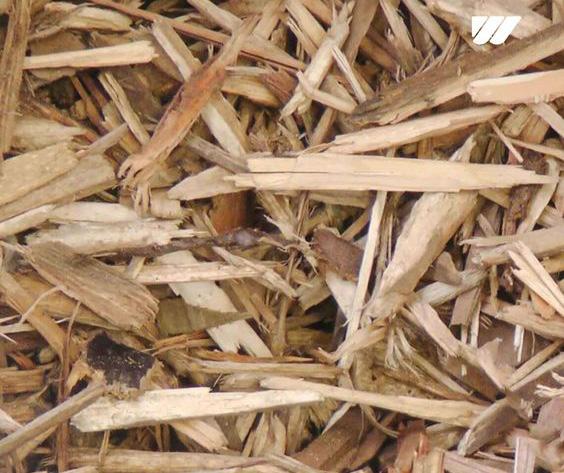
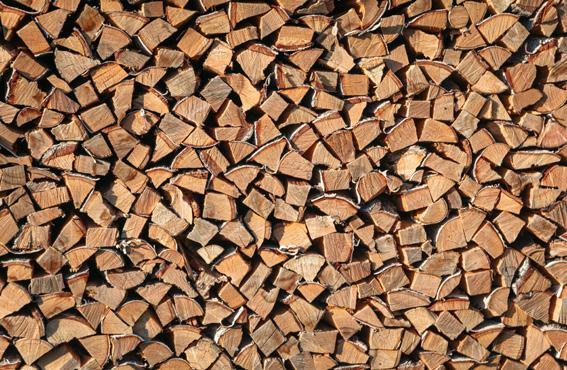
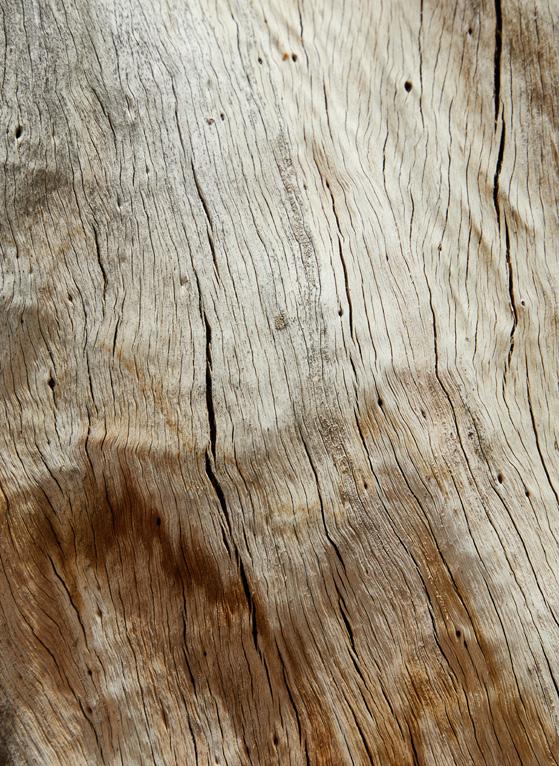
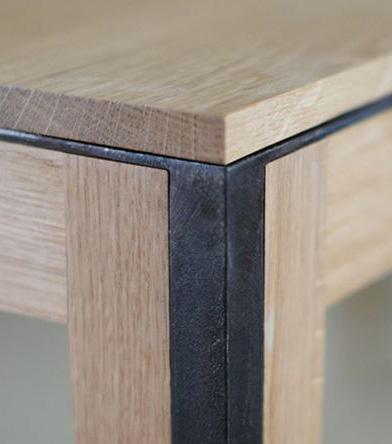


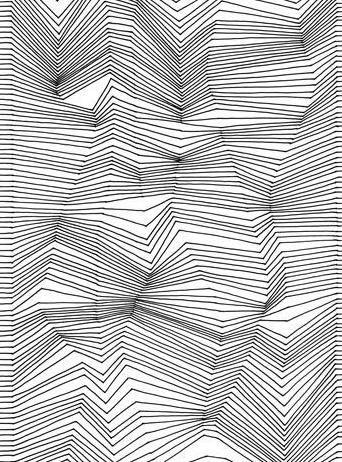
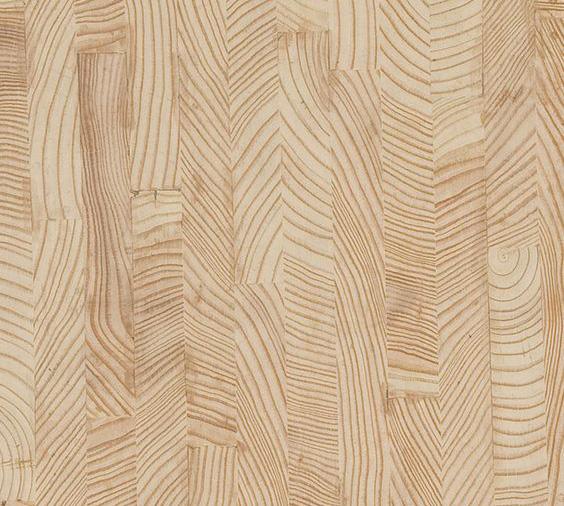
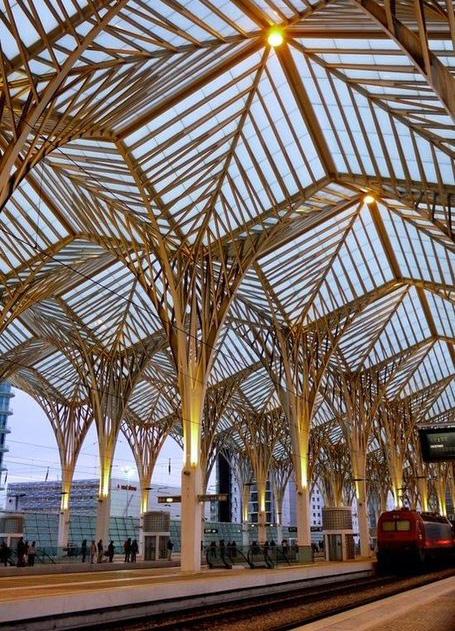
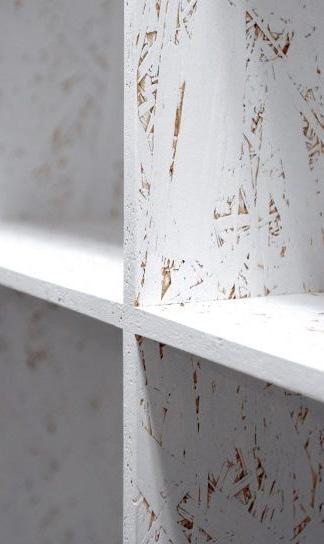

MATERIAL
Given the requirements and design constraints outlined above, we selected a material of natural origin and low environmental impact: OSB (Oriented Strand Board). This is a wood-based product made up of several layers of wood “strands”, which are assembled with a binder, hotpressed and packaged in slabs. As it consists of small, already dried wood flakes, it is possible, after analysis and quality control, to recover waste material from other sawmills. In addition, the flakes that appear on the surface of the panels give the perception of being a material in its natural condition. From a functional point of view, this material has excellent mechanical resistance to stress and is non-deformable. It has good resistance to moisture, which makes it suitable for outdoor use.
34
Product

PALETTE
The paints we have selected belong to a palette of natural colours from different types of wood. This choice wants to communicate a value: our respect and bond for the environment. FLOORMA wants to re-propose something that nature has already done by colouring its wonderful landscapes, but at the same time act to safeguard it. The paints used are suitable for wood and are designed for outdoor use, so they are perfect for application on the tiles that will have to resist the weather.
POPLAR
LIGHT WALNUT
DARK WALNUT
OLD WALNUT
DOUGLAS
CHERRY
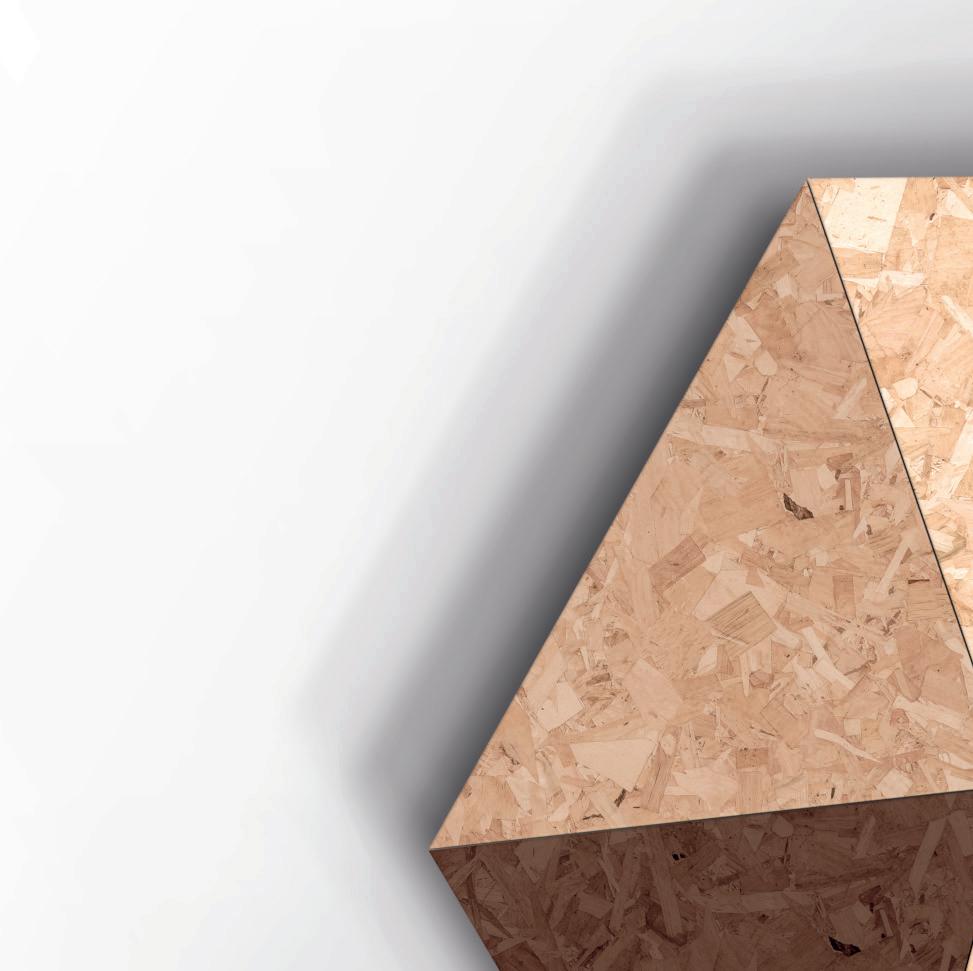
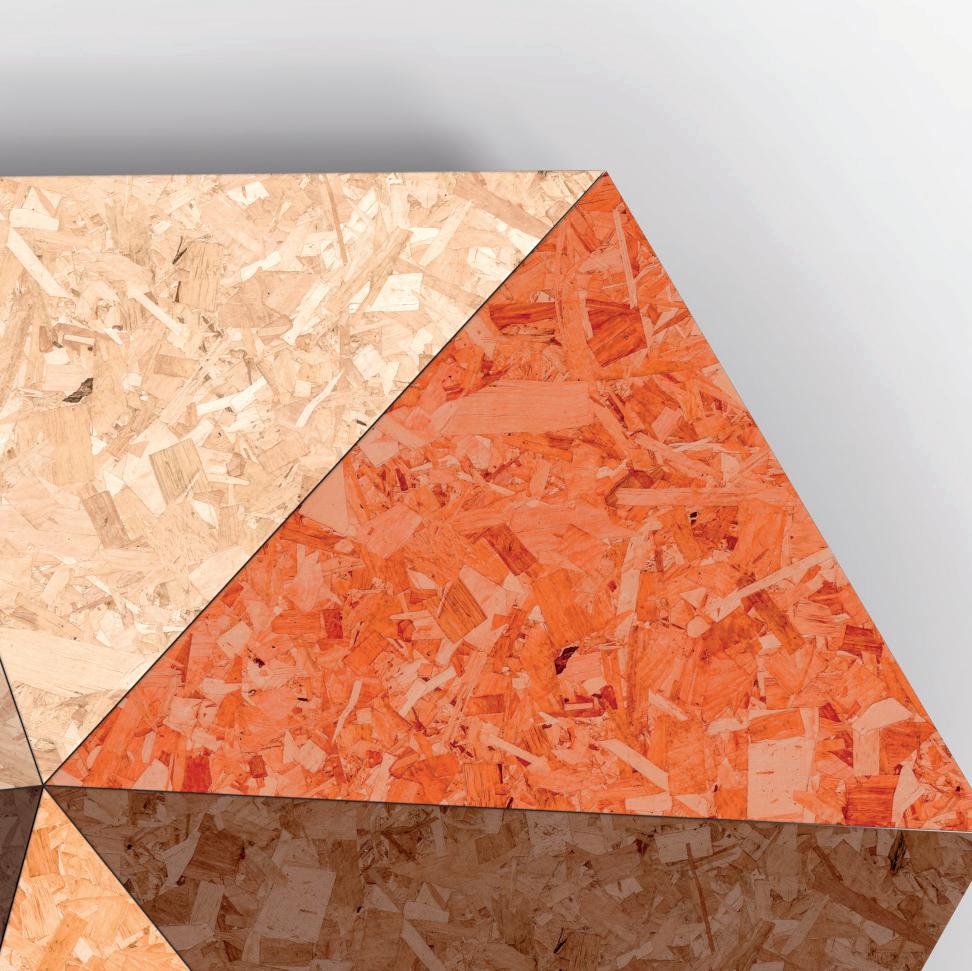

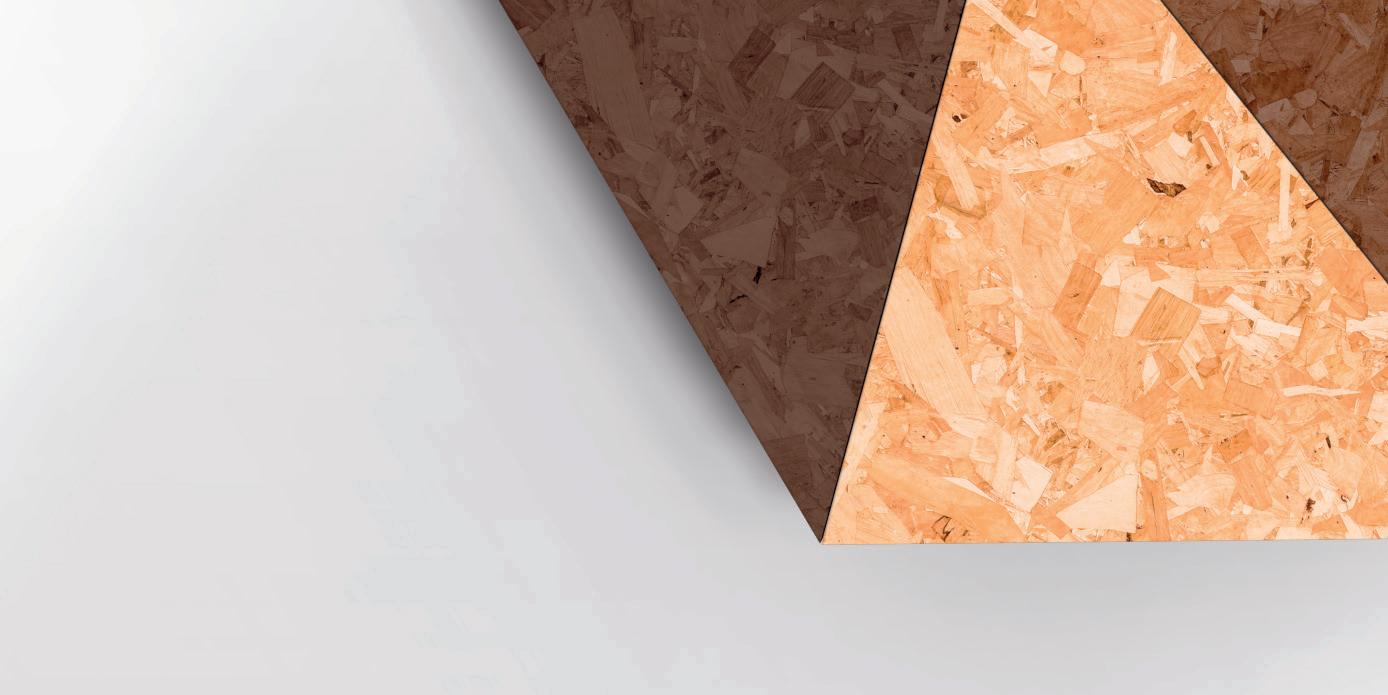
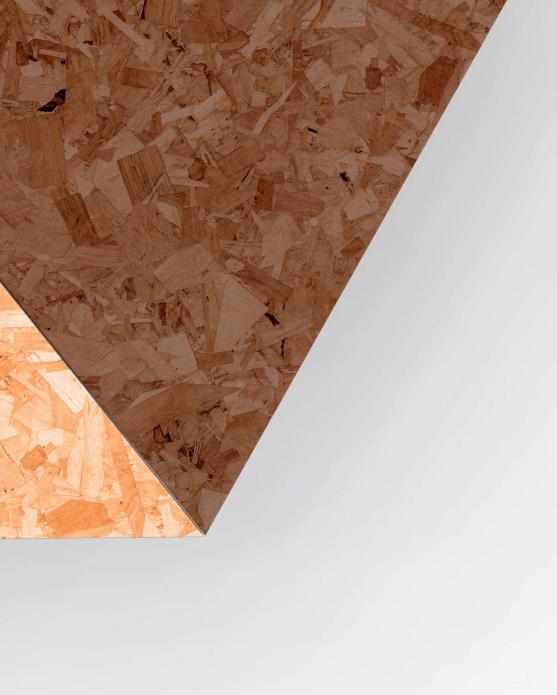
TECHNOLOGICAL FEASIBILITY
Alternative energy generated from people’s footsteps in a crowded area is sufficient to power smart electronic devices with low consumption.
There are two main techniques of kinetic-to-electrical energy conversion : piezoelectric generators and electromagnetic generators. The piezoelectric generator produces an electrical charge and energy when deformed under mechanical stress. They can provide high voltage levels up to several volts. With its compact size, the piezoelectric generator gives high-power density per unit of volume. However, the piezoelectric generator effectively gives out maximum energy at around its natural frequencies, i.e., higher than 200 Hz, whereas the bandwidth of human motion is between 1–10 Hz. In contrast, the electromagnetic generator is effective in the frequency range of 2–20 Hz. Hence, it is more suitable for harvesting energy from human movements.
38
Product
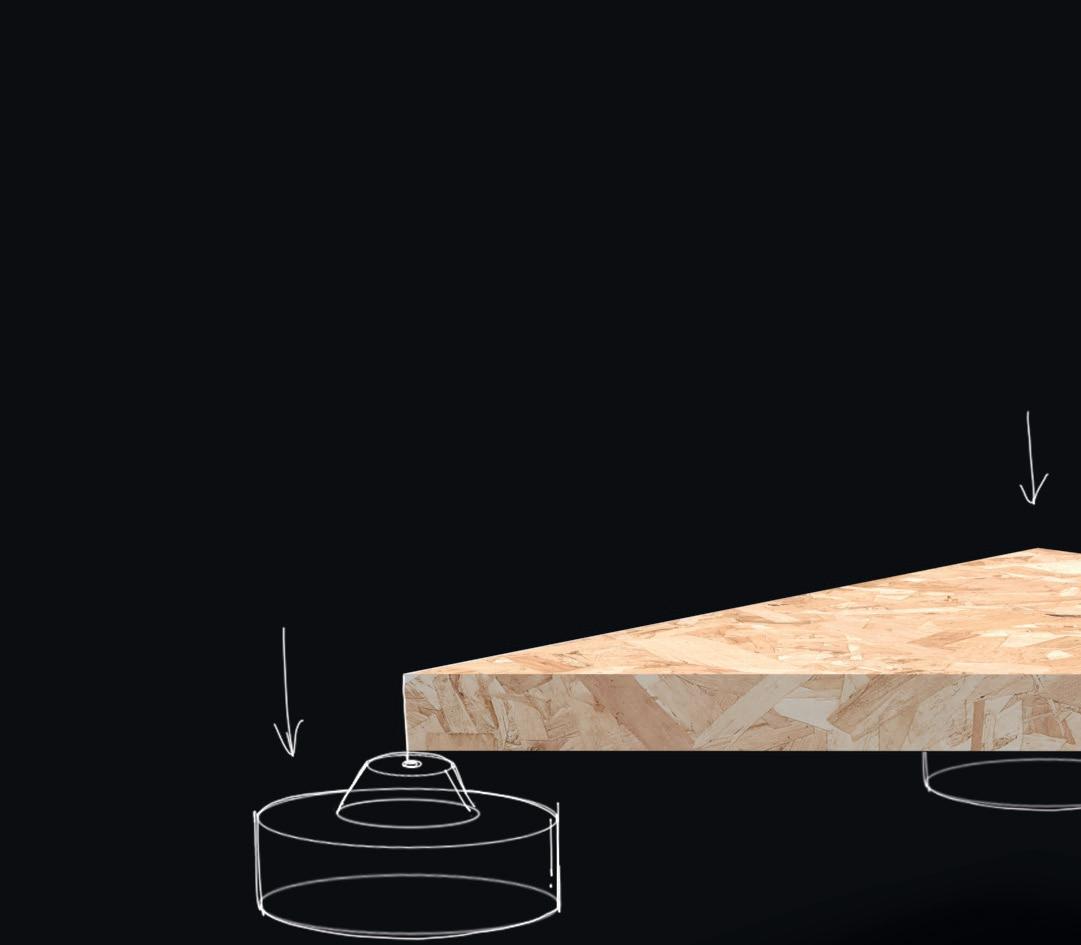
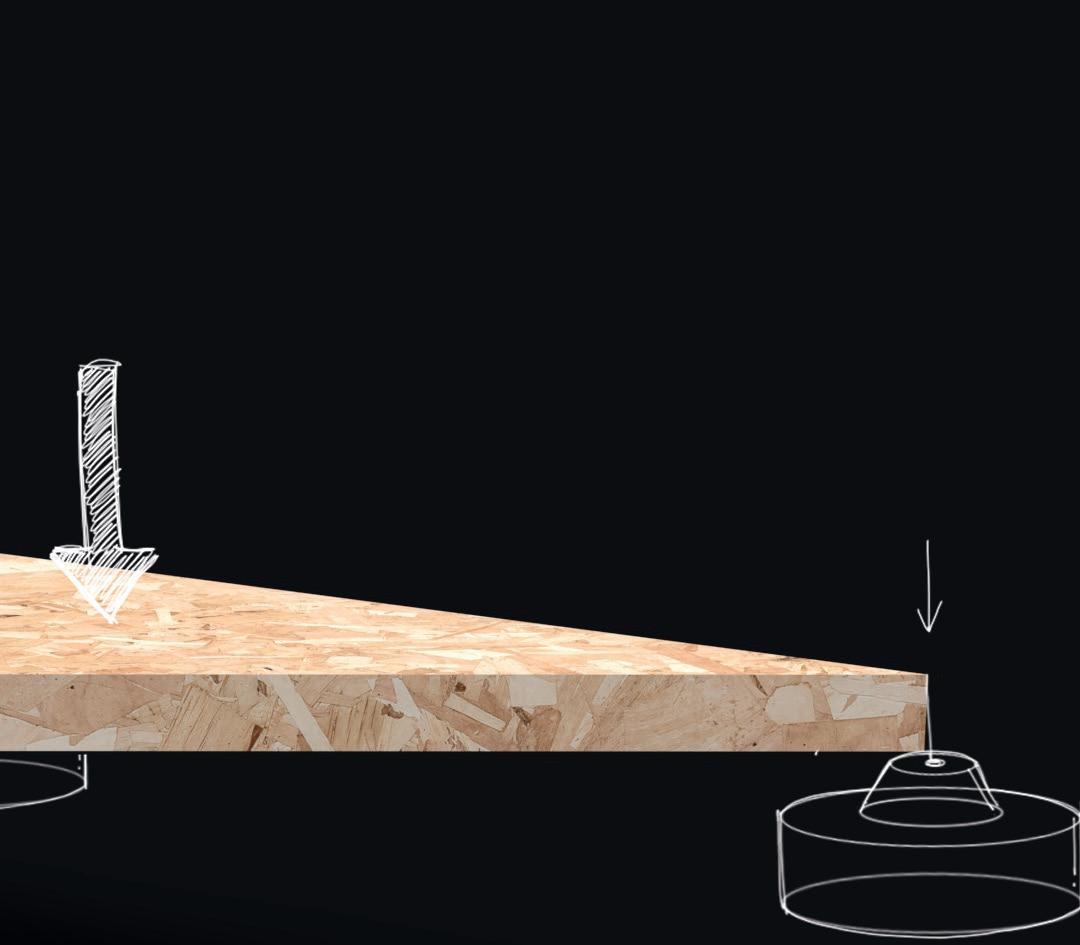


In addition, the electromagnetic generators also yield higher power density and their costs are much lower than the piezoelectric ones, which is why we selected electromagnetic generators for our energy-harvesting tiles.
We want to use a rotational electromagnetic (EM) technique to generate electricity from human footsteps developed called Genpath. The system in Genpath comprises two main parts: the EM generator and the Power Management and Storage (PMS) circuit. For the EM generator, the conversion mechanism for linear translation to rotation was designed by using the rack-pinion and leadscrew mechanism. Based on the simulation analysis, the averaged energy of the lead-screw model is greater than that of the rackpinion model which is why we will be using the lead-screw model. The benefit of the design system is for a lot of applications, such as a wireless sensor and Internet of Thing applications.
40
Product
Electromagnetic Generator Rotation Translation Stator Rotor Stator Power Management & Storage Circuit Included Voltage F (t) Nut Lead Screw Bearing Electromagnetic GeneratorBevel Gear Spring Bearing Bearing Lead-Screw Design
This shows the mechanism underneath the tiles, which is responsible for collecting and transforming energy. When people step on the tiles, their weight causes the magnetic-electric induction generators to move vertically, which results in a rotating movement that generates off-grid electricity. The connection between the mechanism and the tiles is made thanks to metal plates that are screwed on at each vertex of the triangle. *The following picture describing the internal mechanism is for illustrative purposes. It refers to an existing and patented design US8736088B2.






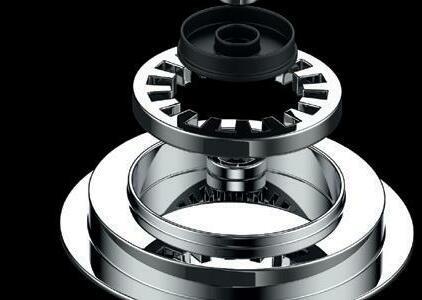





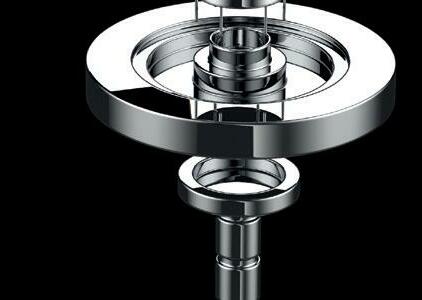




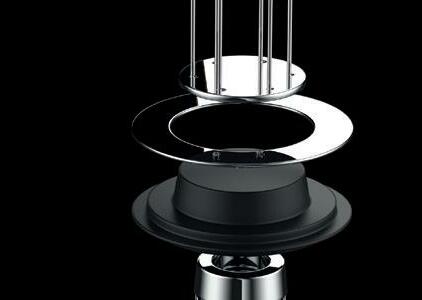



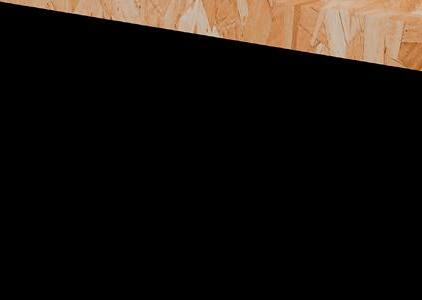
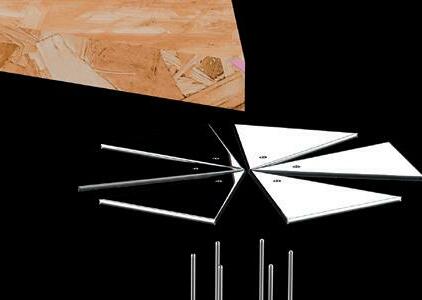



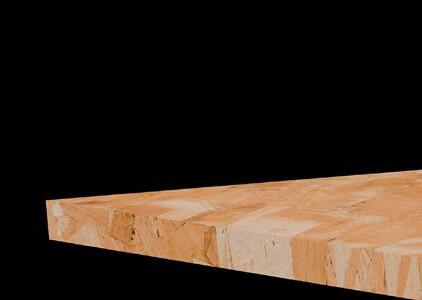
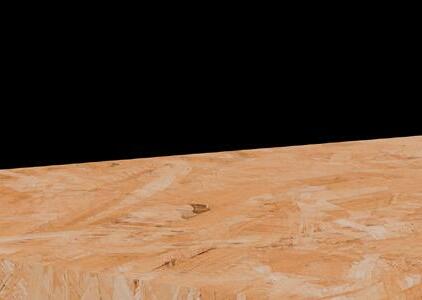
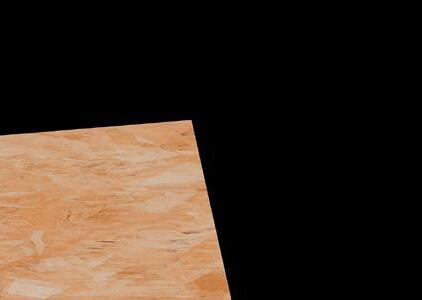


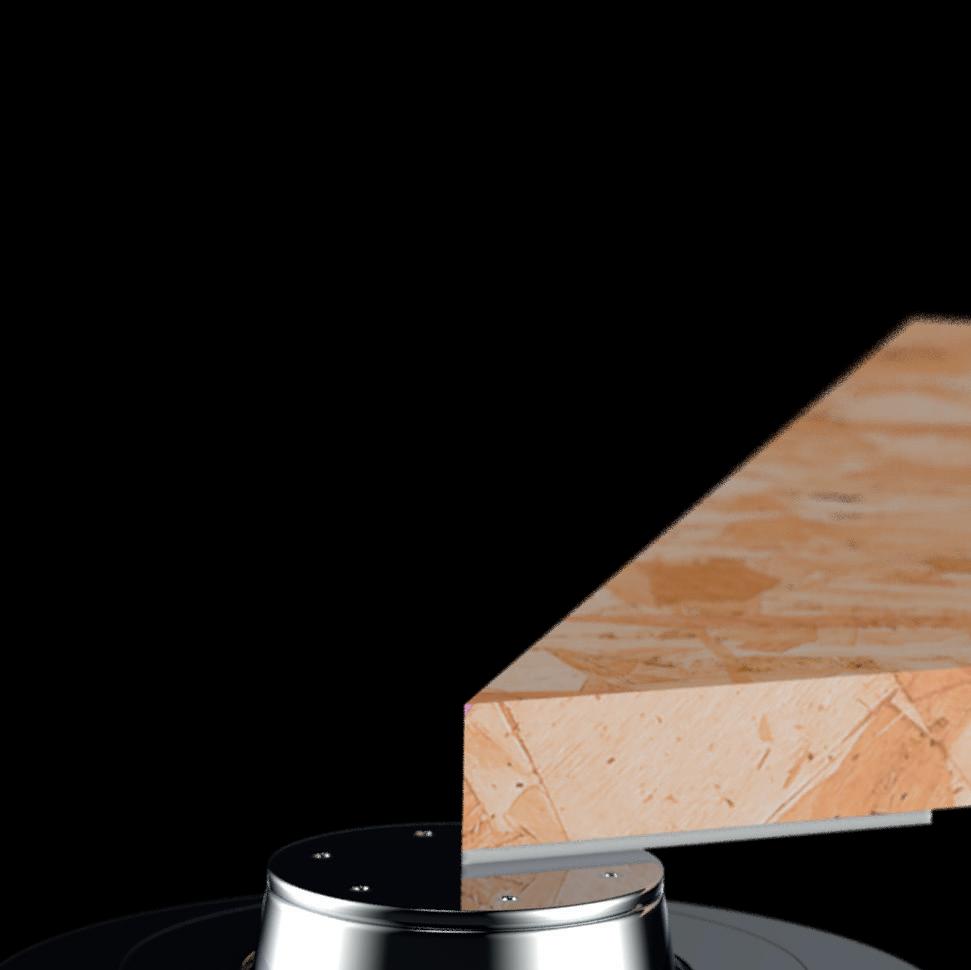



PRODUCTION PROCESS
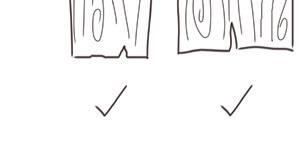
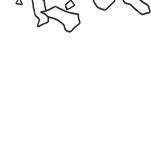
0 Selection 2 Drying
The characteristics of residual lumbers from local wood production are evaluated. Once the properties have been analyzed, the residual material that passes the selection, arrives at the next stage.
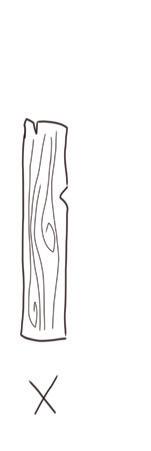
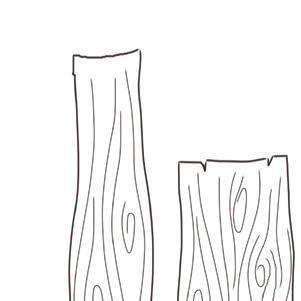
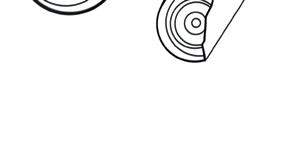


1 Shredding

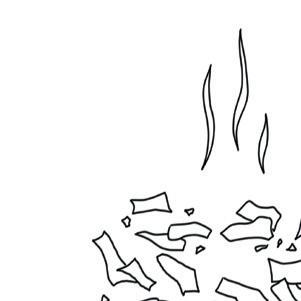
Recyclable waste wood is reduced to small pieces by special machines such as shredders that work like giant pencil sharpeners.
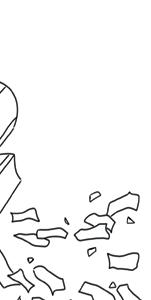
The moisture in the wet wood chips is dried and thus reduced from the initial 85-110% to 2-3% by rotary gas dryers. If the wood has already undergone this process, as it is recycled, it is ensured that the humidity is at the correct level before proceeding to the next step.
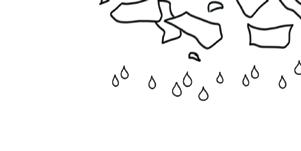
3 Sorting 4 Gluing
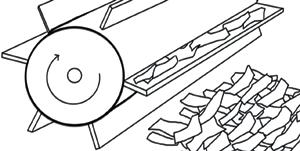
Using advanced technology, the dried OSB flakes are sorted by size fractions and then placed in glue barrels. The high quality standard of the screening is the essential prerequisite for obtaining OSB boards with consistently excellent properties.
To glue them firmly together, a special moisture-resistant synthetic resin is sprayed onto the slivers, which then undergoes a complete chemical reaction in the press.
5 OSB mat formation









By using special spreading machines the graded flakes are spread in three crossaligned layers. The greatest strength of the flakes is in the direction of the fibre and therefore the outer surface layers provide the greatest strength and stiffness in the direction of the main axis of the OSB boards.

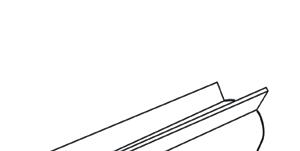
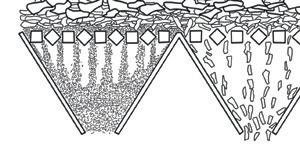
6 Pressing 8 Cuttig




In the last section of the forming line the belt enters a continuous cycle hot press, where it is subjected to progressive compression until it reaches its final strength and thickness.
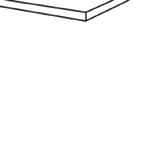
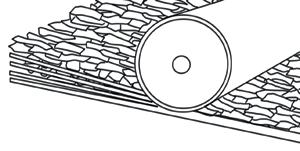

7 Cooling and conditioning

As soon as the panels come out of the press they are too hot to be stored safely, so they must be cooled to a temperature of 30-40°C before being stacked and stored. Cooling is done by two star-shaped coolers in which each panel is rotated back and forth 180°.
Once cooled, the panels can be cut into the various shapes required. The triangles will be arranged in such a way as to ensure that no large quantities of material are wasted.

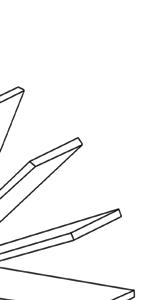
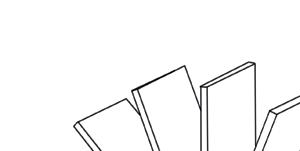
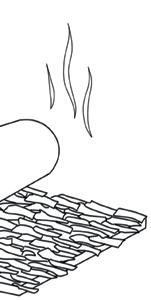
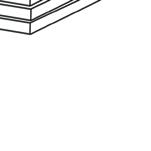
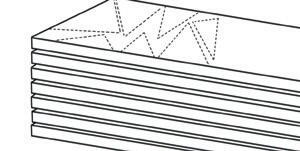

9 Sanding



The wooden boards are sanded to clean the cut and prepare the wood for the next step, the application of paint. This can be done with sanding machines.
10 Painting
The wooden boards are painted in different wood tones, using wood paints suitable for outdoor use. Two coats of paint are applied; alternatively, you can keep the natural color.
11 Assembling
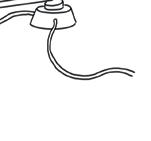




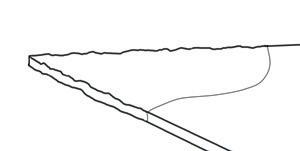

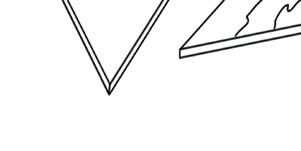
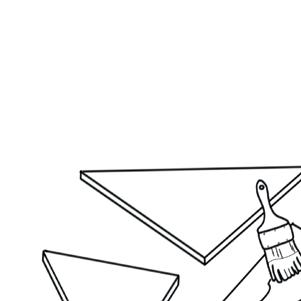
The tiles are ready to be assembled by joining them to the technological part below.
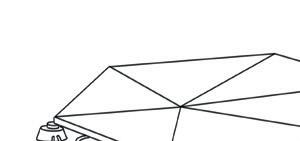
PROTOTYPING
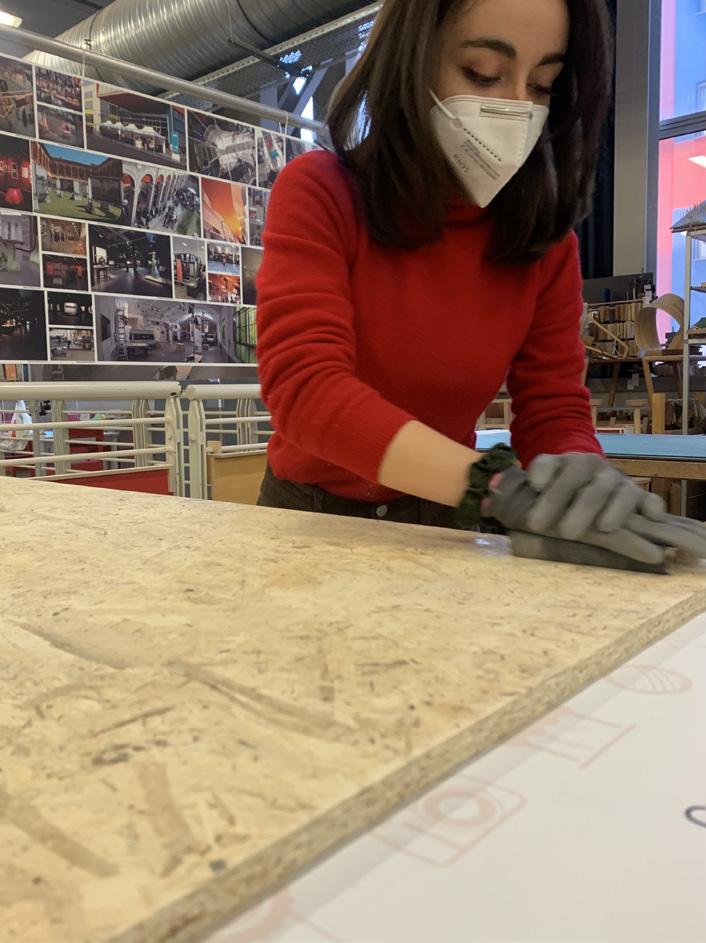
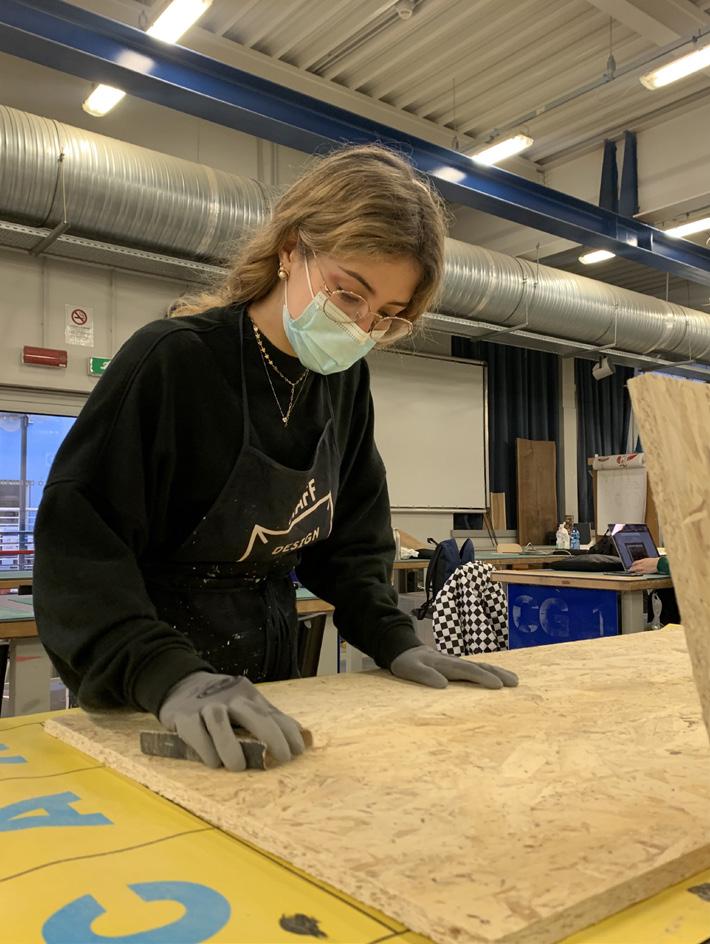

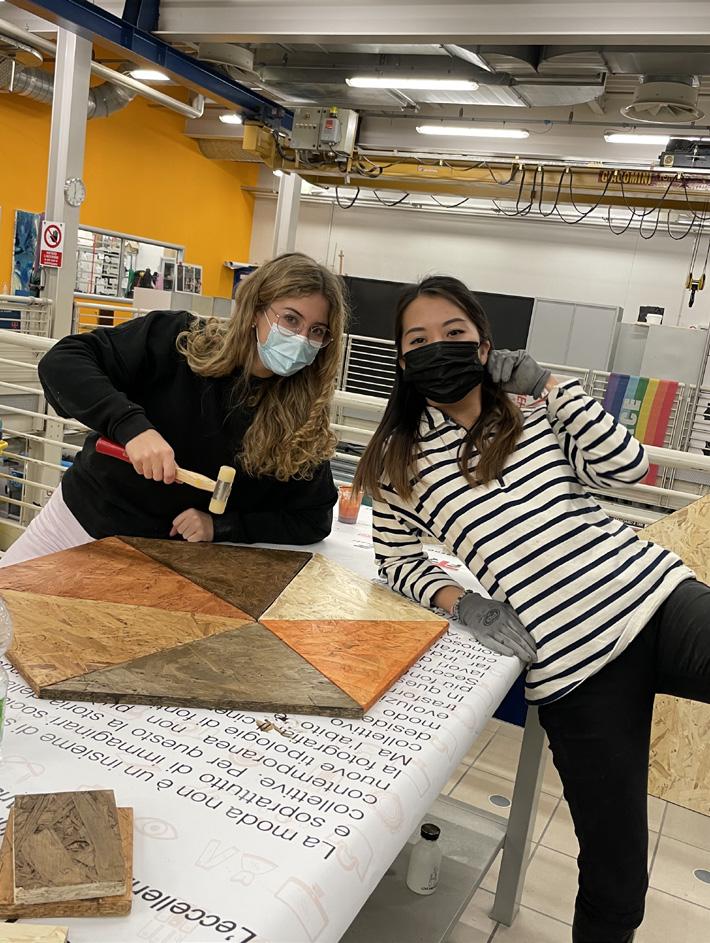

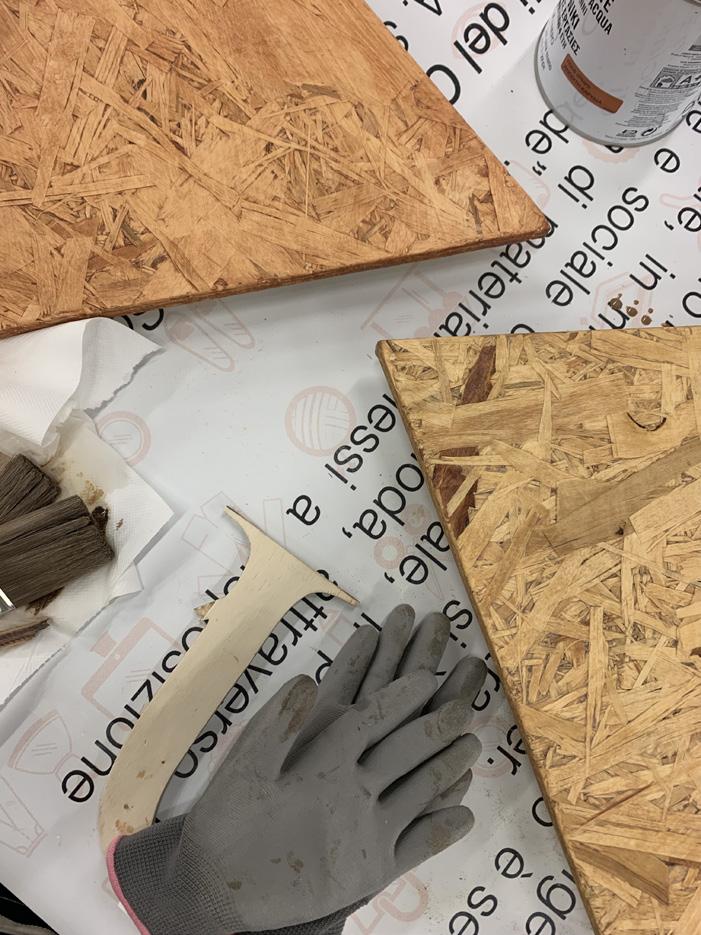
IMPACT ASSESSMENT IN THE PRODUCTION PHASE
FLOORMA operates with complete transparency in terms of environmental responsibility, with a constant commitment to the use of natural resources. For this reason, it seems right to provide the customer with information, not only about the energy benefits but also on the impacts of the production process.
This approach, which can be investigated using the professional software Simapro for impact evaluations, provides the insights we need to make better decisions, empower better choices and reduce the environmental footprint of products and services. The impact generated by the production of this
project for the Durando campus of the Politecnico di Milano was calculated and evaluated. Neither the transport of the material nor the end of life of the product was taken into account, but only the production phase. Analyses carried out* showed that approximately 45 kg of CO2 is emitted for the production of all the tiles.
*The analyses are an approximate calculation based on data that considers the primary material to be new and not recycled. It is not possible to arrive at a more realistic result because the origin of the material is varied and cannot be calculated.
50
Product
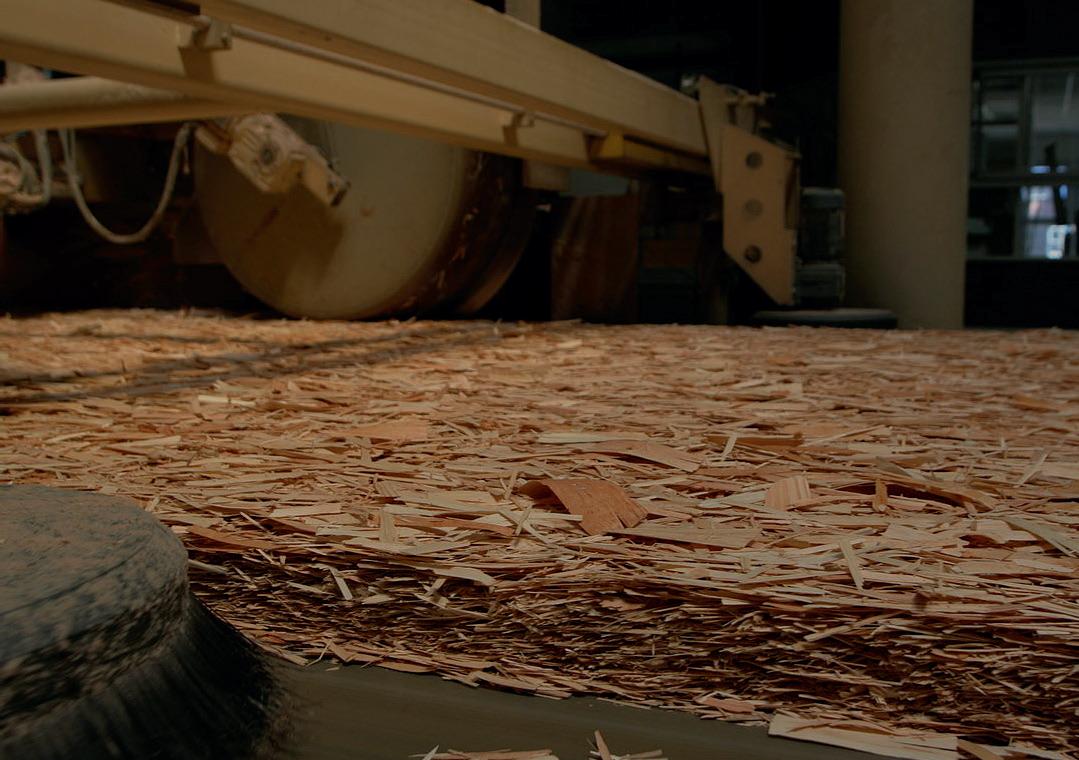
WE CAN NEUTRALISE THE CARBON FOOTPRINT OF TILES PRODUCTION IN JUST 3 MONTHS OF UTILISATION.
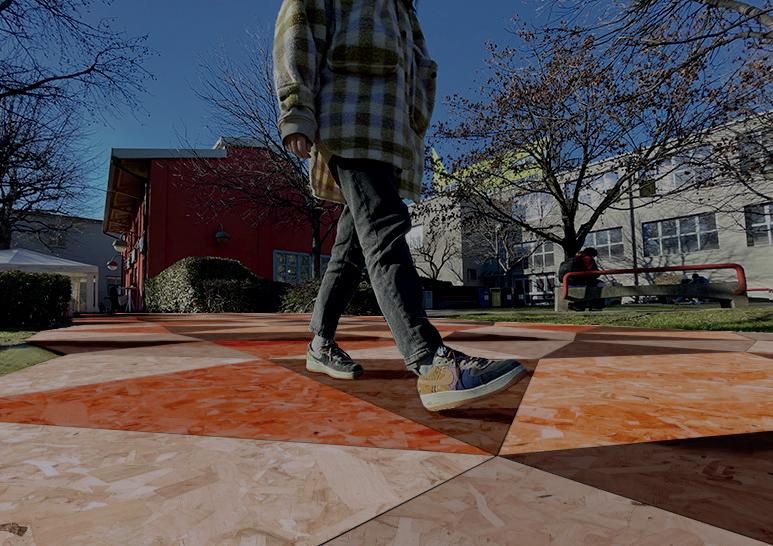
KNOW YOUR IMPACTS, ENJOY YOUR BENEFITS.
We have decided that between students and professors and other staff, we can take as the number of people entering the Politecnico (Bovisa Durando campus) in a day about 5000. We know that with each step we can produce about 4 Joule of energy. The average number of steps you can do on FLOORMA path in one day, is about 460 steps.
How many steps do all people walk in a year?
Going to the university 3 days a week, every week for 9 months to walk 460 steps on our path we have a total of 49.680 steps. If all the 5000 people do that, we have a total of 2,5x108 steps.
How much energy can we have with this amount of steps?
Knowing that every steps can produce 4 Joule, we produce 1x109 Joule every year.
How many kWh do we have?
1 Wh equals to 3600 Joule, so all we have to do is an equivalence: 1wh : 3600 J = X : 1x109 J and the result is 2,7x105 Wh that became 2,7x102 Kwh
But how much energy we need to create our tile?
We already know that we emit in the air 45 kg of CO2 to produce all the 4285 tiles that we want to install inside the campus, but how many Kwh is that?
To produce 1 kWh of electric energy, approximately 0,65 kg of carbon dioxide is emitted into the air. In order to know how much electric energy we have consumed with those emissions, we carry out the following equation.
1Kwh : 0,65 kg = X : 45 kg and the result is 69 Kwh
So in one year, thanks to 5000 people we produce 270 Kwh of electric energy, and we need 69 Kwh of that to produce our tile. Again, an equivalence: 270 Kwh : 69 Kwh = 12 months : X This is how we know that it will take approximately 3 months to neutralize our production carbon footprint.
54 BRAND SERVICECOMMUNICATION
55 56 58 60 62 64 66 68 69 76 Storyboard FLOORMA on Polimi Website/App Offering Map Stakeholder Map Business Model Canvas The FLOORMA System Map Personas Customer Journey Map Energy Produced
The storyboard aims at understanding how and what a student do with the FLOORMA path. We want to be noticed by people that walk around, so they ask themselves what is this peculiar path. Giving them information and raising awareness is one of ours most important goals, and students can understand what the FLOORMA path is, thanks to some posters around the campus, and they discover more information about what we do on our website, synced with the Politecnico di Milano website too. Every day information about how much energy has been harvested and what we can do with that energy, is shared with the community of students so they can feel proud and happy about what they did, for themselves and for the community.
56 STORYBOARD Service
The student enters the campus to attend classes.
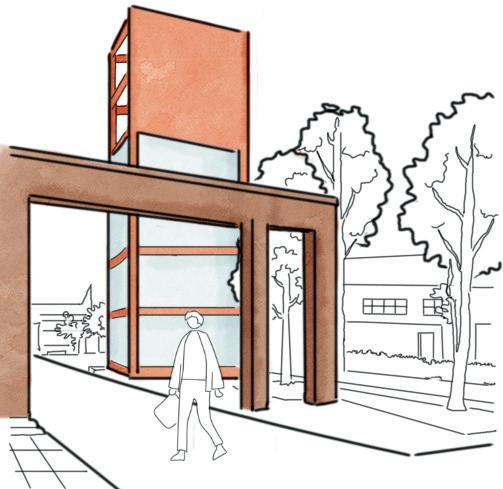
Sees the FLOORMA path, but does not know what it is.
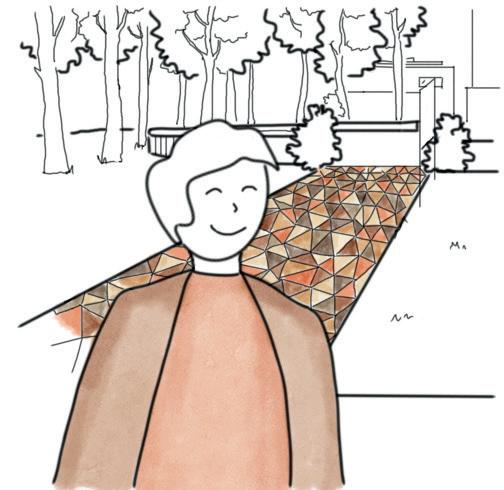
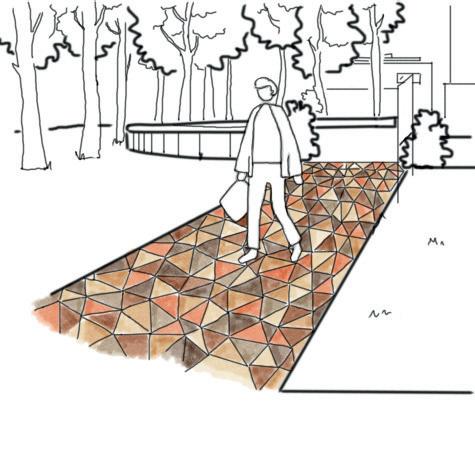
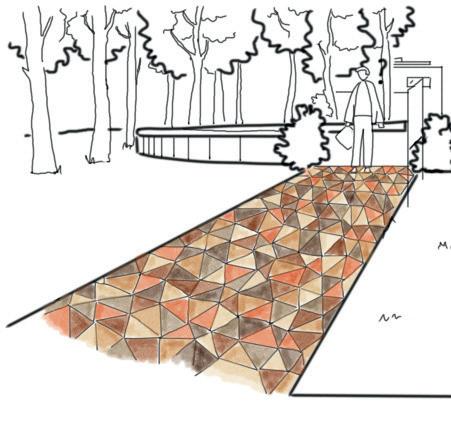
Goes closer to see what it is about.
Motivated, the student chooses to walk on the FLOORMA path.
The student intrigued check the energy generated by the campus on the FLOORMA website synced with the Polimi app.
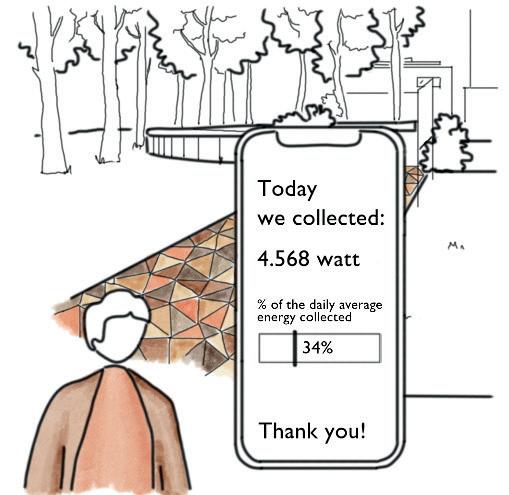
Feels proud for helping the campus be carbon negative and helping the community.
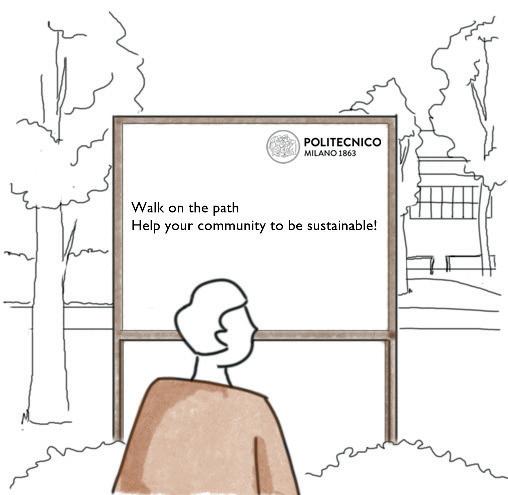
FLOORMA ON POLIMI WEBSITE/APP
On a daily basis, all Politecnico students use the university’s website or app to carry out their school activities, such as accessing the wifi, or searching for a classroom. At these times, students can view the latest data on how much energy is being produced by FLOORMA. This has multiple results: increasing the popularity of the project, raising awareness and informing users and making the results of the efforts visible, to generate satisfaction and more involvement.
58
Service
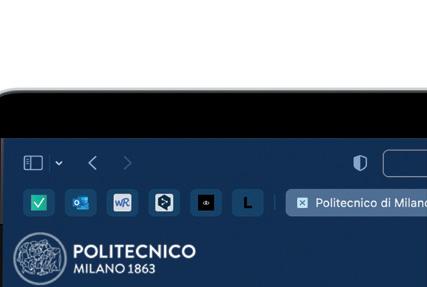
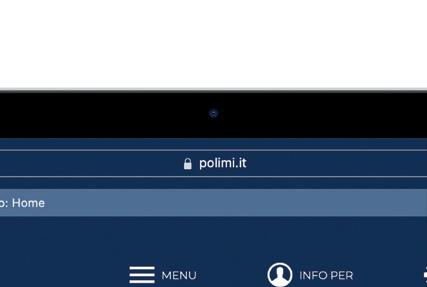






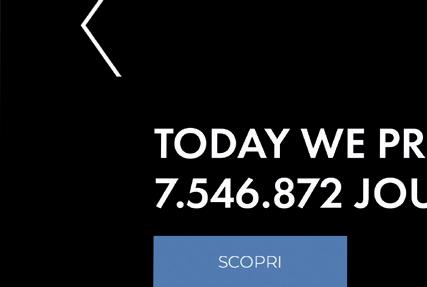
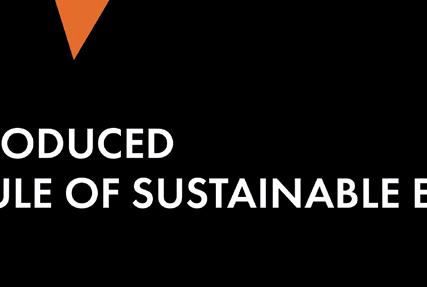
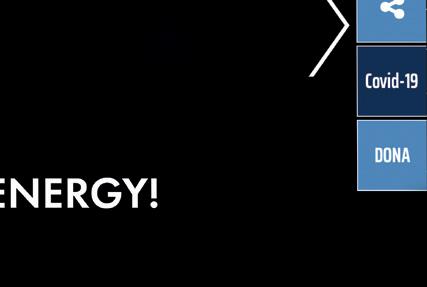


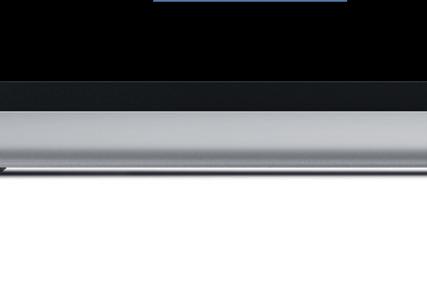

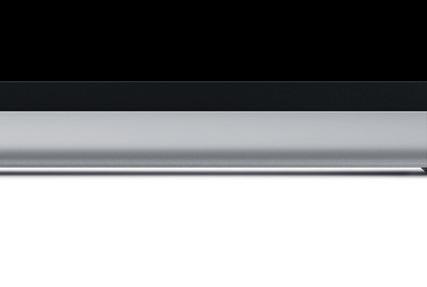
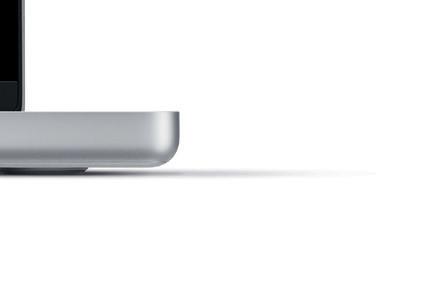



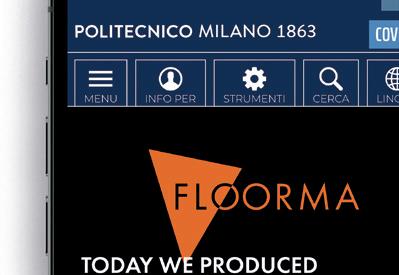

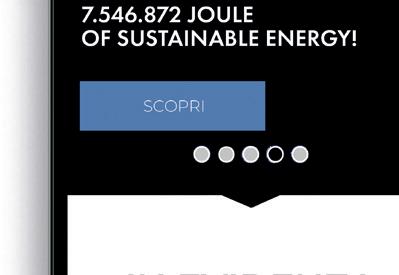
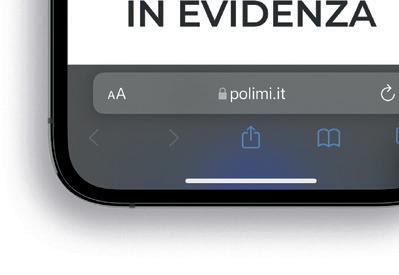
OFFERING MAP
Our brand offers institutions to generate alternative sources of energy with the help of our kinetic-energy harvesting tiles. Our end-offerings are use and result oriented.
Institutions care about the alternative energy production that assists them in fulfilling their energy requirements supplementing the solar energy produced on campus. Our resultant offering is the alternative energy produced by using our tiles. These tiles will be leased to institutions as a part of the service. We offer one-time services which help in understanding the energy requirement and installation of the rented tiles to meet the energy needs.
The recurring service involves monitoring, reporting and servicing the tiles periodically. The combination of the one-time and recurring services helps to produce the end-offering of alternative energy for institutions.
60
Service
Primary offering
FLOORMA
One-time service
Understand the energy requirement
Recurring service
Monitor the energy generated
Analyse the paths with high footfall Monthly reports to the institution
Install the kineticenergy harvesting tiles in the institution. These tiles are leased to the institution
Secondary offering Servicing & replacement of the tiles
Our brand values center around optimism, innovation, sustainability, collaboration and community. We believe that in order to create a greener planet, we must collaborate with as many stakeholders as possible to co-design with us. We value the perspective our stakeholders bring in to improve our services and fulfil our vision of a greener planet. Our stakeholders include designers, engineers, installation crew, data analysts, institutions, campus workers, students and most importantly, the community.
62 STAKEHOLDER MAP
Service
Students
Raw material
designers
manufacturer
Inform InformConsult Consult Co-design Co-produce Co-design Co-produceCo-manage
owner
analysts
&
crew
workers
sourcing Product
Engineers Tile
Installation
servicing
Business
Data
Campus’s
FLOORMA aims to reach out and serve to environmentally conscious university managers and students with our alternative energy generation service. We want to reach them through institution tie-ups and our website to provide personal assistance for co-creation opportunities. Our main activities will be analysing paths, installation, reporting & monitoring. We also have partnerships with stakeholders to make the business model successful by providing their skills and resources. The business model’s commercial success is backed by one-time installation fees and a recurring rental for the tiles charged to institutions using our service.
64 BUSINESS MODEL CANVAS
Service
KEY PARTNERSHIPS
- Plywood manufacturers for tiles - Technology providers - Local wood manufactures - Community - Installation & servicing crew - Engineers & product designers
KEY ACTIVITIES
- Analyse paths, oversee installation - Reporting & monitoring -Co-design
VALUE PROPOSITION
COST STRUCTURE
KEY RESOURCES
- Waste wood to produce OBS - Data analysts - Technological parts
- Alternative energy generation service with rentable kinetic-energy harvesting tiles made from waste wood
CUSTOMER RELATIONSHIPS - Personal assistance for co-creation opportu nities
CHANNELS - Institutions - Website - Polimi web site/app
CUSTOMER SEGMENTS - University Managers - Students - Environmen tally conscious and actively looking for ways to contribute to a carbon negative environment
- Wood recycling and tile manufacturing - Co-design partners - Technological parts sourcing - Website and reporting
REVENUE STREAMS
- One-time installation fees - Recurring rental of the total number of tiles leased
THE FLOORMA SYSTEM MAP
Our system is based on circularity: we have chosen to use waste material from local factories and sawmills to manufacture our tiles. Co-designers, i.e. product designers, engineers and tile manufacturers, evaluate each batch of wood that is collected and process it before producing the final OSB for manufacture. Once the final product has been produced and the university’s energy needs have been studied, the tiles are installed on campus and joined to the underlying mesh of the mechanical components on campus. Students walk on the tiles to produce electricity of which 60% is used by the campus and 40% is exported to the community. This motivates students to contribute to a positive impact in their community. As well as having daily access to energy data, students can also study monthly reports of energy produced and used - potentially useful data for various university projects.
66
Service
COMMUNITY STUDENTS
CO-DESIGNERS FLOORMA Enabling product Service Touchpoint UNIVERSITY Local factories, sawmills, manufactures 40% of energy exported Provide data for student projects Generate alternative energy Electrical energy Installation, Monitoring, Reporting, & Servicing Data analysts Installation & servicing crew Product designers Engineers Tile manufacturer Kinnetic energy Provide Raw Material Motivate positive impact
PERSONAS
Our project has a chain of lots of people involved: starting from the manufacturers and product designers and to the final users who interact with the pathway on daily basis. That’s why it’s important to understand the main touchpoints and heroes in the whole journey.
But first of all, it’s crucial to describe who are our users to provide the best service for them. We decided to highlight two main actors.
Introducing the first persona - young and active Roberto Studenti, who is full of dreams and has a permanent light in his eyes. He is
a hero, who is about to interact with the FLOORMA pathway everyday and contribute to the community and campus just using his steps. He represents one of the biggest class for our project - students, who are the main and strong power of the whole FLOORMA pathway at university campus.
The second persona - is a strong and very devoted woman, named Emilia Staffo. She is part of the staff of university and is very dedicated to her job. Emilia is a very important actor, who is reliable for making the idea of green campus to become true. She introduces the FLOORMA pathway to the whole university.
68
Service
CUSTOMER JOURNEY MAP
Customer Journey maps helped us to understand the possible pain points and enhance our service to provide the better experience, especially on the phase of acquaintance. Providing better idea communication is the most crucial part of engagement process, since we believe that right ideology makes the work simple. Here we describe the journeys for both of the personas.
FLOORMA pathway is not only about generating and sharing the energy, it’s also about conveying values within the community. We wanted to show how the service work straight from the idea, including realization part and final interpretation of the results. It’s the great chance to raise the awareness among university staff, students and community members.
ROBERTO STUDENTI
Dimension
Carbon influence awareness Ecology movement engagement Activism
Roberto is a design student at Politecnico di Milano and he attends his campus 4 times per week. He is very active in university life and engaged in the study-side projects that it provides. Roberto lives in environmentally conscious times, so he tries to make daily decisions for a more sustainable life. Although he is very busy with his studies and personal time for other projects.
He needs to have the proper means to be fully aware of his actions. He’s also very attentive to the results so he struggles with outcomes that are not visualized. He also needs to do his part for the environment, without having to give up time to study and other activities.
About User Needs Desires Motivations
Be a part of healthy and sustainble surroundings convey this value to others. His motivation is to be useful in this battle and to commit to a greener future. What motivates him is to be part of a movement, to see others striving for the same goal, and to be able to see the results of the choices he makes as well.
Frustrations
He is really scared ‘to be out of the board’ in his awareness and activities that he makes. His main frustration stems from the fact that he wishes he had more time to devote to environmental protection without giving up his hobbies.
EMILIA STAFFO
Dimension
Carbon influence awareness Ecology movement engagement Activism
Emilia is a manager for carbon-negative aspect of Politecnico di Milano campuses. Her job is transforming campus utilities into ecology sustainable and effective solutions. She manages the processes, finds partners and executors, works with students and university authorities to create a positive and reliable impact with new technologies. She also lives highly sustainable life on her own.
Be an authorized persona among university authorities and students to supply them with working and reliable solutions. Feel the power of leading the change in his industry. Communicate her message and activities in the right and engaging way.
She wants to be a great and impactful part in the new carbon-negative driven society.
About User Needs Desires Motivations
Emilia is really motivated to lead the change in her alma-mater univeristy and help others to be eco-sustainable in the engaging and effortless way. She also wants to know new players on the market and collaborate with them to create the most technological and ecology-friendly campus in the world. She is very ambitious and devoted specialist.
Frustrations
She feels frustrated when she is not accomplished with things that she is passionate about. Also she is afraid of the scenario if people will not react the way she wantes on her work and efforts.
ROBERTO
Scenario
As a Student of Polimi, carbonnegative aimed campus, am awared of importance of producing the electric energy from my kinetic energy to help the campus be ecosustainable and help other closest neighborhoods in supplying them with electicity. But I am still a student and I have to focus on my studies and educational duties.
Goals
Do my best to help my campus stay carbon negative.
Track the influence that I made. Stay awared about carbon negative influence on our planet.
Needs
To be appreciated for the impact he made.
Get the proper information about ecology situation. Make his stidies a main priority.
Happening once Pre-Service
Become awared Opening
Want to know what makes the pathway, know about its mission, how it works, value and etc Read and consume information about the pathway that is going to be installed, see the installation process
Social media, advertisement, movie clips in the campus, installation
Students, University Authorities, manager, executers
See and be a part of pathway opening ceremony and know more information about it
Interested
‘What a cool and interesting activity is about to happen in our campus.’
Come to opening ceremony of the pathway
University campus, pathway Students, University Authorities, FLOORMA representatives
Excited
‘Finally we can know more and use it’
Emotions & Thoughts Actors Touchpoints Actions Goals
Recurring
Service Post-Service
Stay awaredUsing the pathway Use the data
Use the pathway and experience the service
Always be awared about the impact but without active engagement
Students can use the data for their studies to build information models and other use
Walk through the pathway
Always obtain the information about harvested energy
Download the analytics and data, share it and work on it
University campus, pathway
Infodesk at pathway system, university website, app
University Website, app Students, Staff Students, Staff Students, Staff, manager, FLOORMA representatives
Excited
Awared
Attentive and grateful ‘Wow! It’s new and amazing experience’ ‘Now I know about the impact that students can do for the society’
‘Now I can use the real data about energy, design, technology to use in my studies and always contribute to the data lab’
EMILIA
Happening once Pre-Service
Scenario
As a Politecnico di Milano representative who is reliable for establishing green campus initiatives, She is looking for reliable and interesting solutions that fit into the campus way of evolution and philosophy. She is visiting a lot of exhibitions to find something worth.
Research Phase Installation
Know about the product, its requirements, opportunities and how it works
Start FLOORMA pathway installation works.
Goals
Find suitable solutions for green campus initiatives. Establish string partnerships with innovative representatives. Make an impact and send the right messages with installations.
Needs
Be authorized and understood in the work that she does. Have a good communication with university authorities and partners.
Visit the website, get information and contact the FLOORMA representatives
Find executive, sign contracts, start working process, inform students and start marketing compaign FLOORMA website
University campus, pathway
Manager, FLOORMA representatives Manager, FLOORMA representatives, installation executives
Interested
Concentrated ‘It’s a great product that will support the idea of carbonnegative campuses.’
‘I have to be very carefull and attentive to accomplish the works and finish everything on time’
Emotions & Thoughts Actors Touchpoints Actions Goals
Opening ceremony
Hold the opening ceremony of pathway in university campus to inform students, staff and people from related neighborhoods
Organize and hold the ceremony with propper communication message, engagement and demonstrate how it works
University campus, pathway
Recurring Post-ServiceService
Manager, Representatives, university authorities, students and staff
Get the feedback MaintananceAnalyze the data
Analyze the results and get feedbacks from people who use the pathway
Analyze the data from pathway system and how it is distributed to the university and neighborhood needs
Keep the pathway working and functioning in the right direction
Excited
‘Finally I will see the results of my hardwork and I hope it will be the best installation in the whole university’
Hold surveys to students
Create reports and data models from pathways database and talk to engineers
Maintain pathway’s work, service and damage fixing, getting support
University website, app
University campusMessengers, social network reviews
Manager, students and staff Manager, students and staff, FLOORMA representatives
Manager, FLOORMA representatives
Calm and focusedCurious Concentrated
‘What can be wrong in the system or how I can make it better?’
‘Very curious what results I can get and apply it’
‘Finally we put everything on the track, so I have to pay attention to keep everything in the right way’
ENERGY PRODUCED
One step generates ~ 4 Joule
How many steps a student can do on our path in a day? ~ 500 steps
Total power generated by 1 student in a day ~ 2000 Joule
Students enrolled in the Bovisa Durando campus, that goes to the campus every day (professors and staff are in the number too) ~ 5000 students & staff
During an overnight charge, the average phone needs 15 to 20 Wh of energy to be
charged (so between 54.000 and 72.000 joule)*.
According to the United States Department of Energy’s most recent laptop power consumption estimate, a standard laptop charger uses 210 wh in 6 hours (756.000 Joule).
Wh of electricity used over 5 hours to light a LED are 400 wh (1.440.000 Joule)
*1 wh = 3.600 Joule
Knowing that with 5000 people and 2000 joule for each of them, we have a total amount of 10.000.000 Joule, each day.
With this amount, we can: charge fourteen laptops, or use seven Led light for six hours, or fully charge 160 phones.
We believe that in 2037, technologies will be even more developed and with low consumption battery, and that we will be able to capture more kinetic energy and more power to use. Our desire, is to make people aware of their contributions, feel them part of a community that they are helping and make them proud of their responsible and consciuos actions.
Service
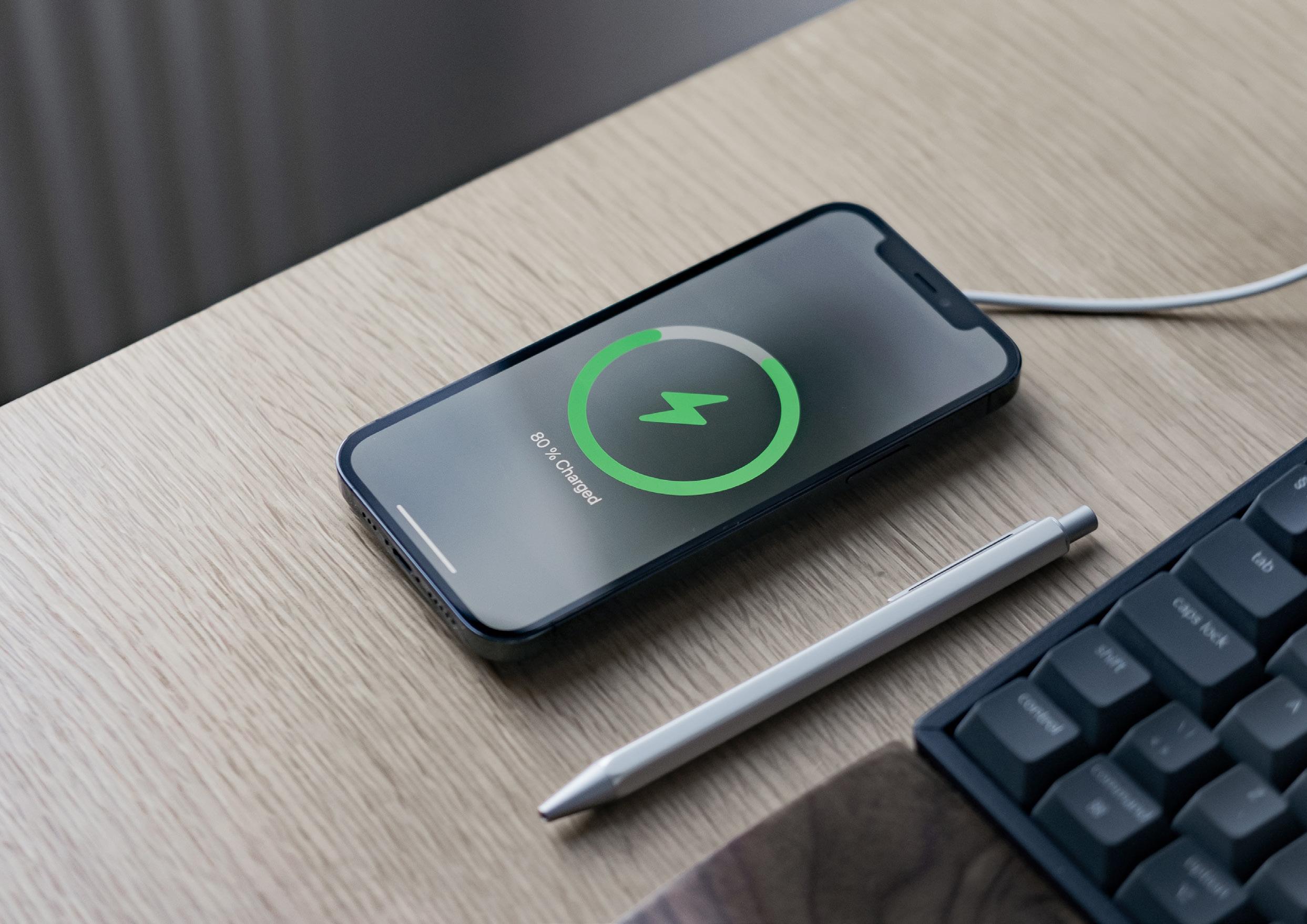
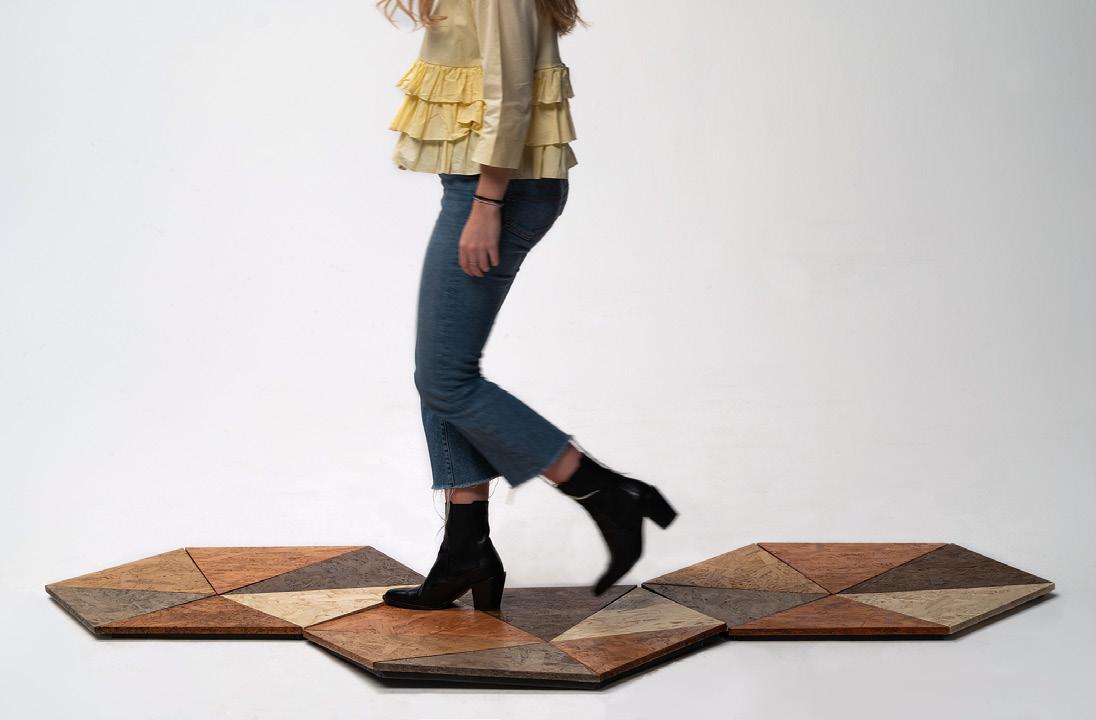
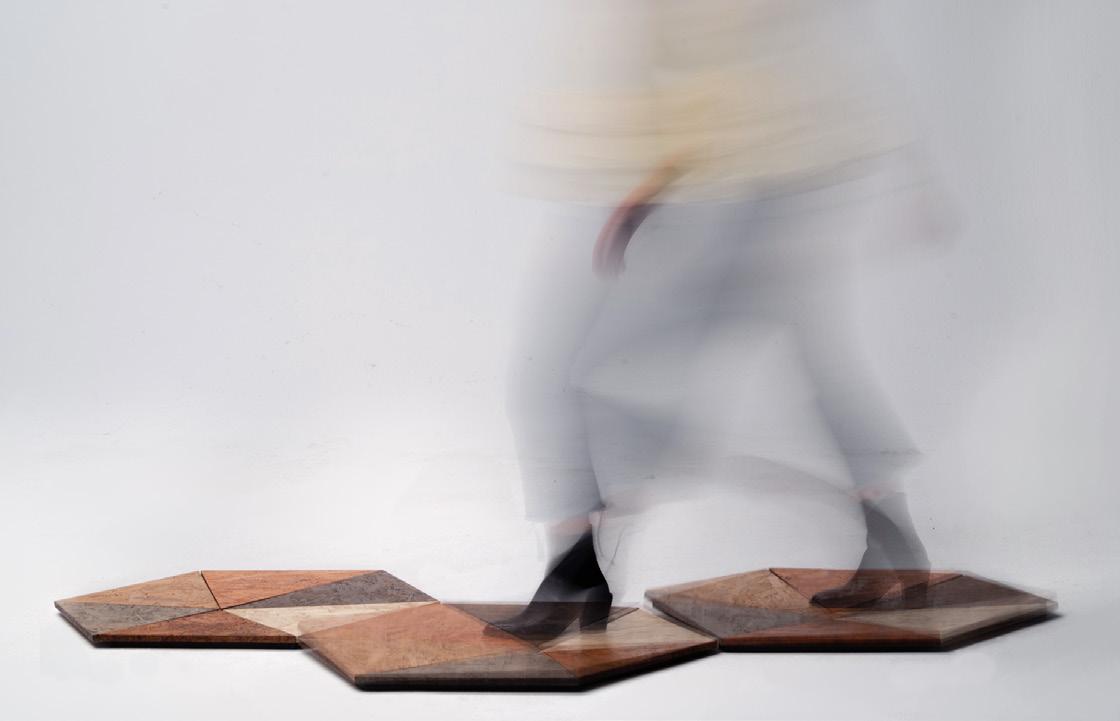
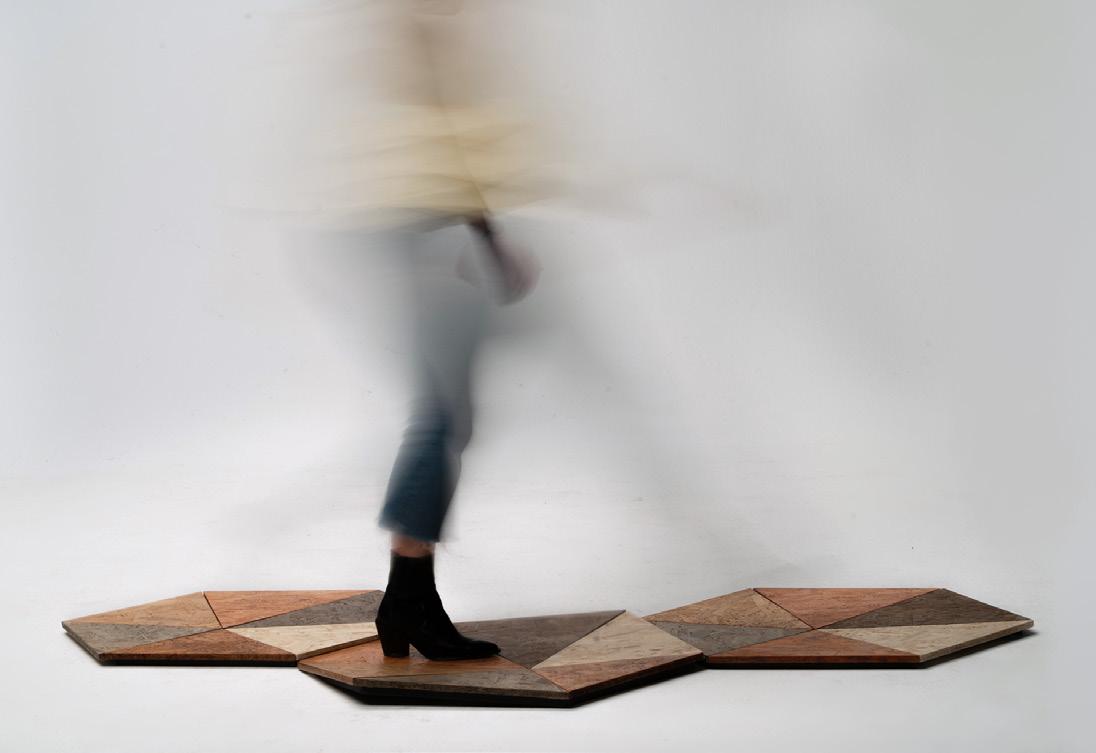
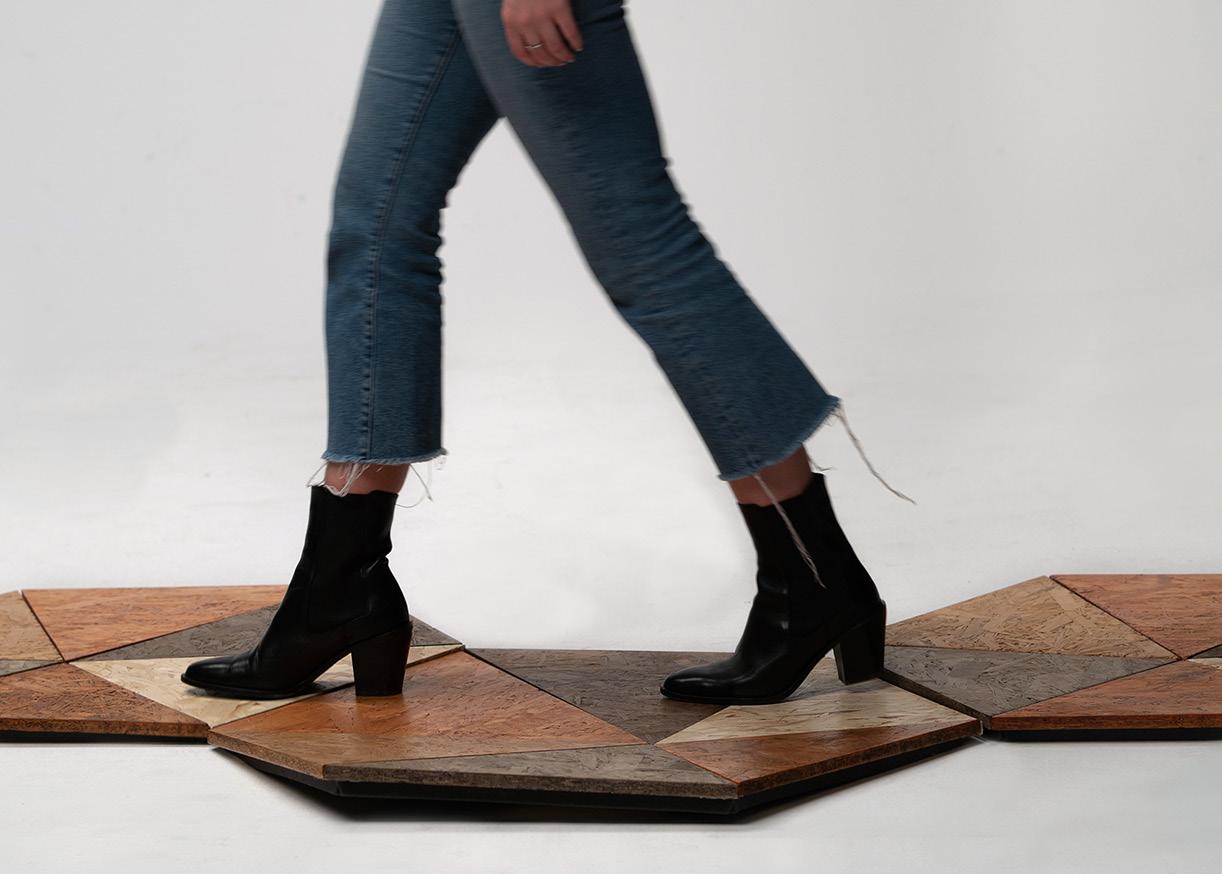

COMMUNICATION
80 BRAND
81 82 83 84 86 88 90 Our Vision, Our Mission Core Values Our Brand Promise Naming Logo and Identity Website
OUR VISION OUR MISSION Walking towards a carbon neutral world. Providing renewable, alternate energy solutions for the community. FLOORMA offers optimism for people to envision a greener future for themselves and the future generations. The brand aims to convert every floor for alternate energy generation. Stepping into the future!
CORE VALUES
OPTIMISTIC
INNOVATIVE
We believe the future is green and we envision a carbon neutral world.
SUSTAINABLE
We leverage cutting-edge technology to provide solutions for a greener planet.
COLLABORATIVE
We aim to be sustainable across our value chain in our effort to be environmentally conscious.
COMMUNITY-CENTRIC
We place emphasis on collaboration with all our stakeholders to design the best solutions.
Our goal is to empower communities with our offerings.
TRANSPARENCY
We operate with complete transparency in terms of environmental and social responsibility.
OUR BRAND PROMISE
Step into a greener future with FLOORMA.
OUR SERVICE
Alternative energy generation for institutions and communities.
OUR PRODUCT
Kinetic energy harvesting tiles made from recycled material.
WHY CHOOSE FLOORMA?
By choosing FLOORMA, you choose a greener future. We provide clean energy generation solutions in a circular process that starts with people and comes back to them!
85
FLOOR + FORMA + ORMA = FLOORMA
NAMING
It was constructed as a combination of Floor, Forma and Orma; bringing the concept of a floor, composed of shapes in which the footprint of each has significance. Forma in Italian is the conformation, the outward appearance of an object. The verb Formare means to give shape to an object, to construct it so that it has certain qualities, just like the energy that is formed and generated with the use of the product, that energy that comes to life from a step. The Italian word Orma, highlighted by the structure of the logo, translates into footprint.
The font used is Futura, which is characterised by a rigorous geometry, it is devoid of graffiti and the letters are derived from simple shapes such as circle, square and triangle. It was chosen because it is consistent with the appearance of the product: geometric and essential. The logo features a triangular tile, oriented downwards, which gives the whole logo a dynamic feel. It may also remind of the direction of the strength that generates the energy: a step that compresses the floor.
FLOORMA, is a simple name: easy to remember and pronounce!
LOGO AND IDENTITY
Shape + Logotype Font: Futura
FLOORMA’s logo consists of a triangular shape of one of our tiles plus the word FLOORMA in Futura font. The overlapping of these two elements creates a game of solids and voids that represents our product itself: the weight resting on the tile creates energy, the writing resting on the triangular shape creates a contrasting surface. The logo was created with the effect of multiplication of shapes on Illustrator.
Triangular shape of one of the tile
+ Brand Communication
Poplar #e9cd99
Light
#d79b4c
ABCDEFGHIJKLMNOPQRSTUVWXYZ
Dark Walnut #a48457
Old Walnut #87603f
#aa591d
#e26721
Futura PT Book Kerning 100 Courier New Regular Kerning 100
Cherry
Walnut
Douglas
For titles and quotes For text and descriptions ABCDEFGHIJKLMNOPQRSTUVWXYZ abcdefghijklmnopqrstuvwxyz (.,:;?!£$&@*) 01234567890
abcdefghijklmnopqrstuvwxyz (.,:;?!£$&@*) 01234567890
FLOORMA website is a transparent and informative touchpoint for potential clients, students and interested people. Here, we transfer our vision and communication message, to engage people into the future of kinetic energy. We want them to understand how it works and answer all the questions. Also people are engaged not only in participation of the energy flow, but also in FLOORMA vision, mission and opportunities.
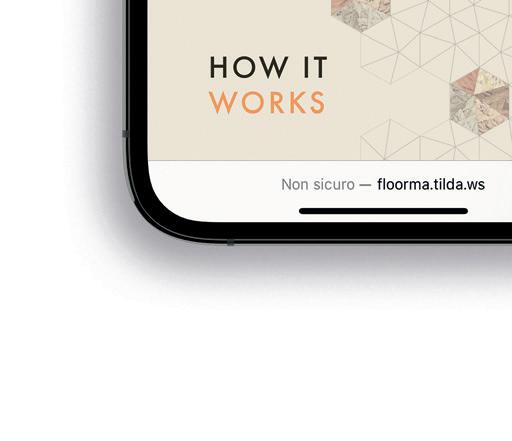
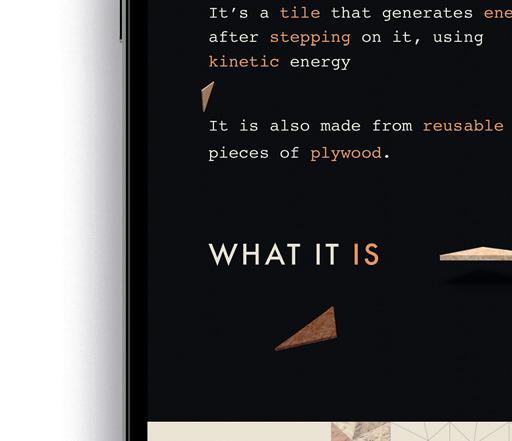

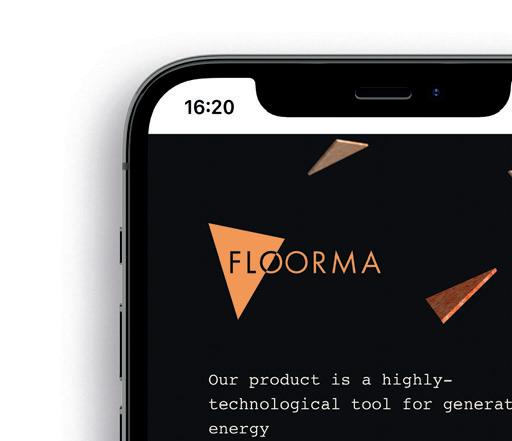
Scan to discover our site!




WEBSITE
Brand Communication


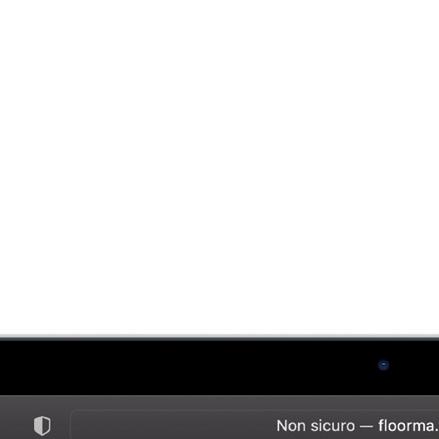





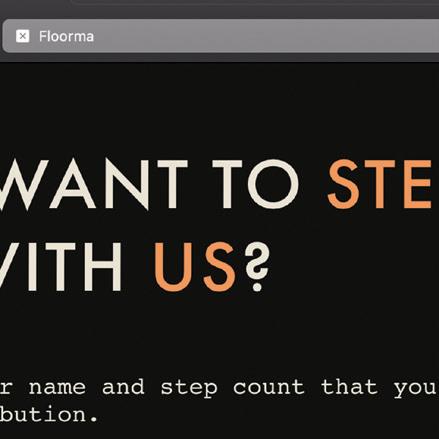
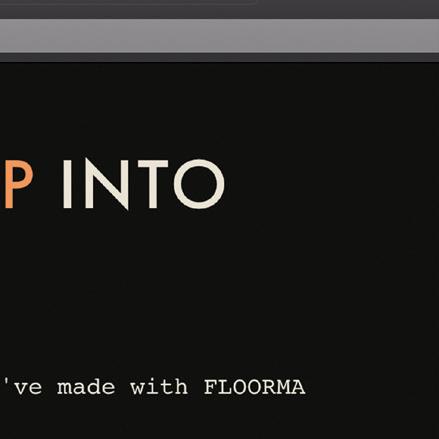
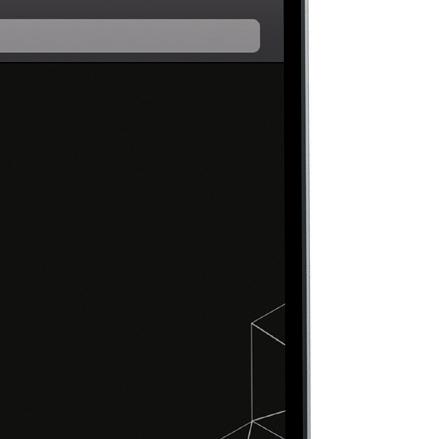


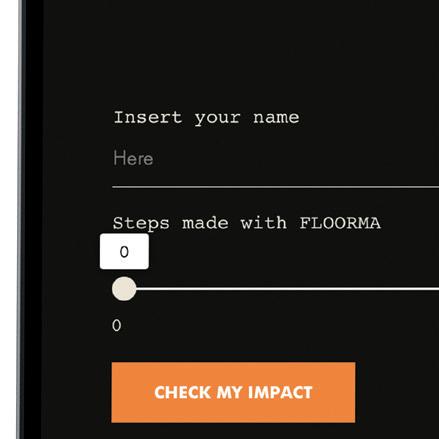
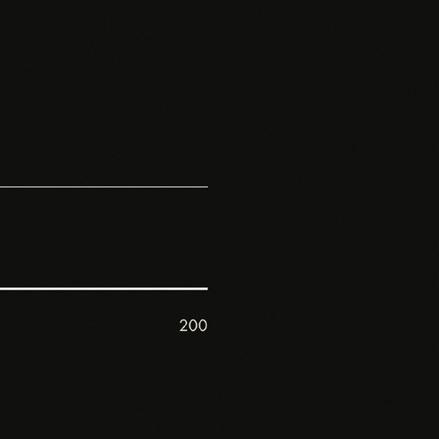

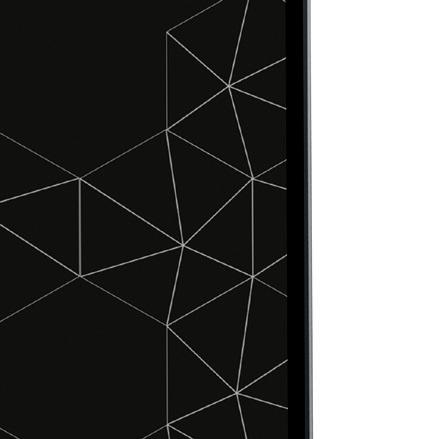

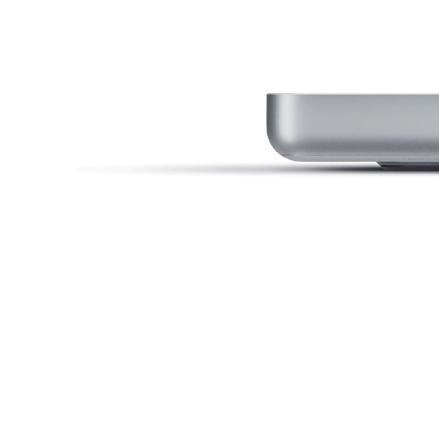
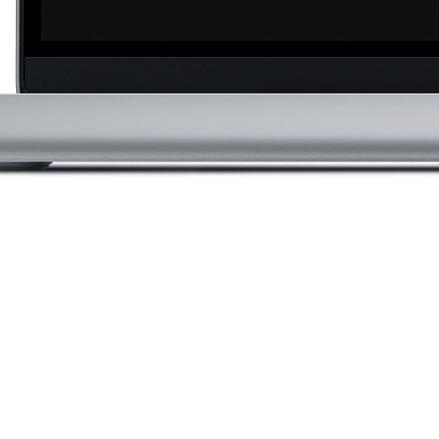



CONCLUSIONS
We envision a future where all institutions around the world tranform their high footfall paths with our kinetic-energy harvesting tiles. With FLOORMA, we want to make alternative energy generation not just a possibility but a reality. We have started on the Bovisa campus and plan to apply the project to the busiest places on other Politecnico di Milano campuses. We are not stopping there, in fact we see the application of our product in institutions like universities, public spaces, government buildings, concerts, metro stations and many other spaces just like these. The potential of the technology is improving
rapidly with the advancement in material science. With this advancement, we will continue to co-design with our stakeholders to redefine the meaning of what we offer and how accessible it can be to people. Through this, we will contribute to the SDGs of sustainable cities and communities, responsible consumption and production, affordable and clean energy and climate action. As an environmentally conscious and optimistic brand, we envision a bright future where we can achieve carbon negativity working together for a greener future not only for the future generations but also the generations that live today.
92

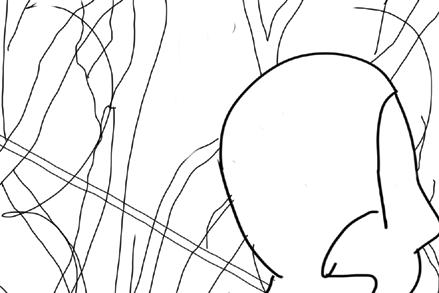
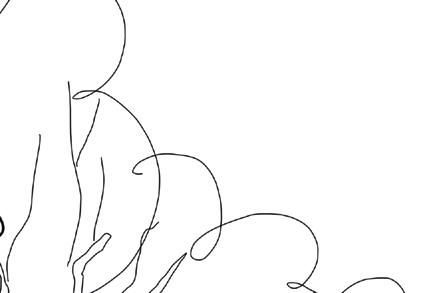

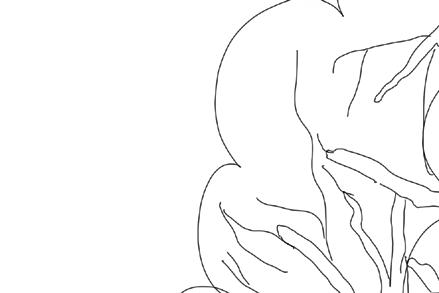
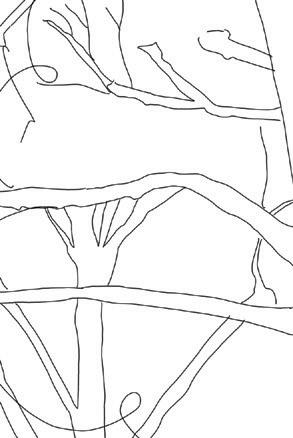
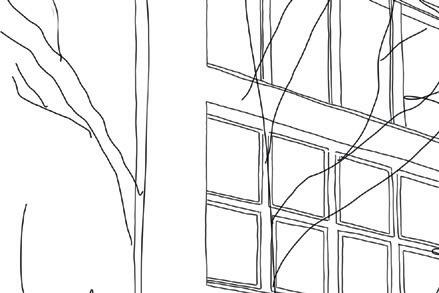
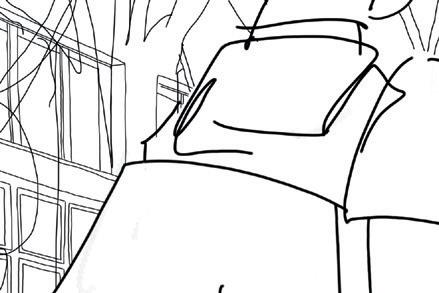
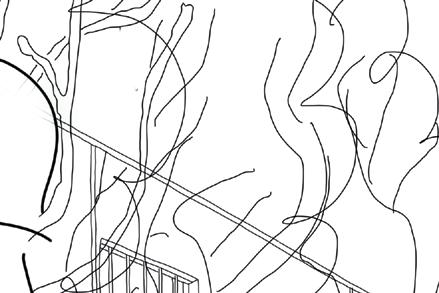
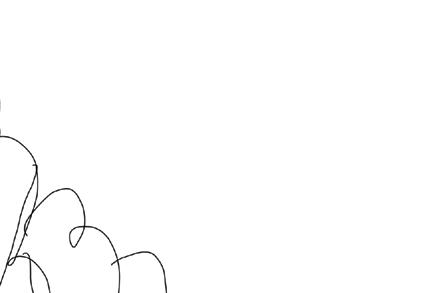
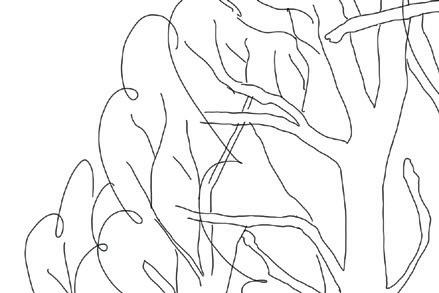
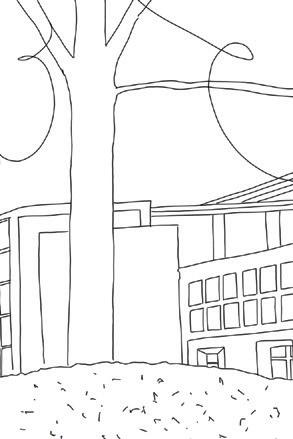
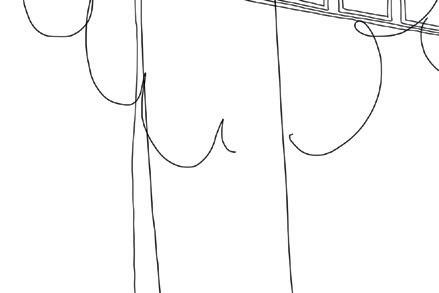
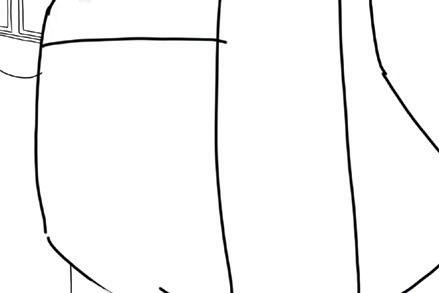
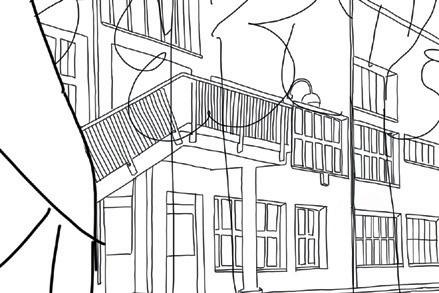
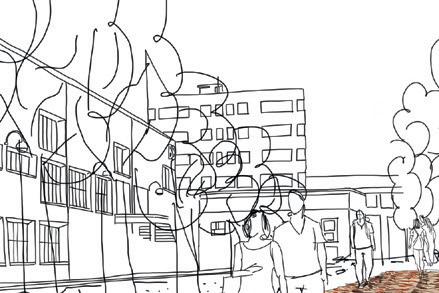
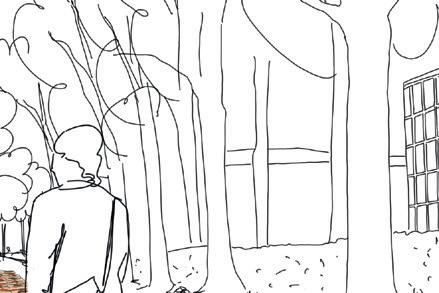
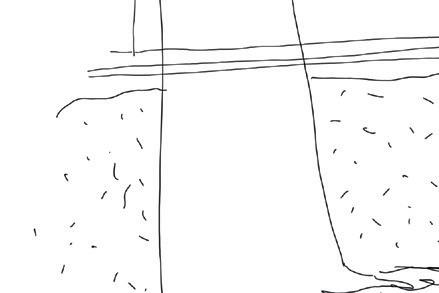
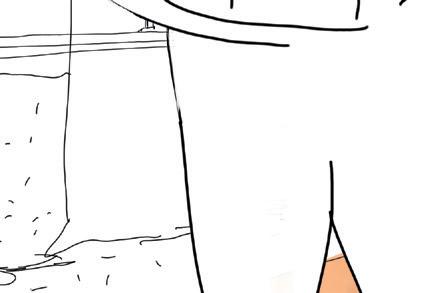
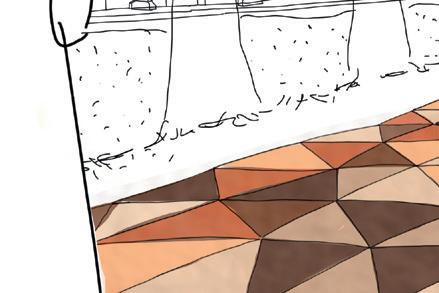
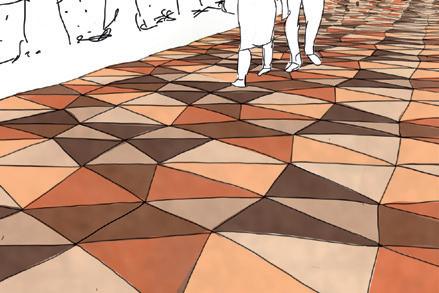
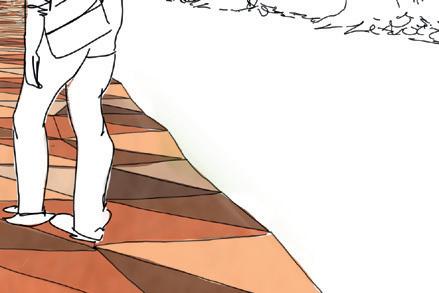
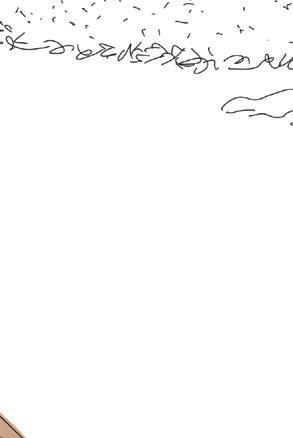
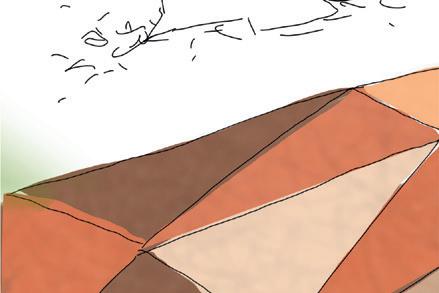
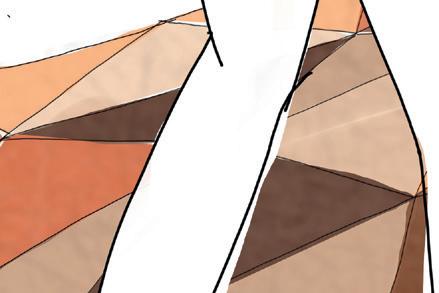
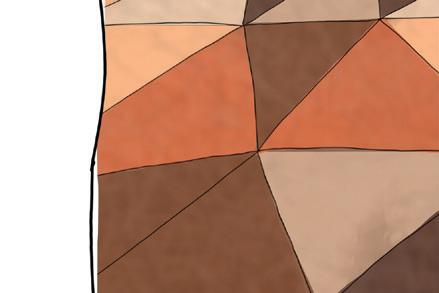
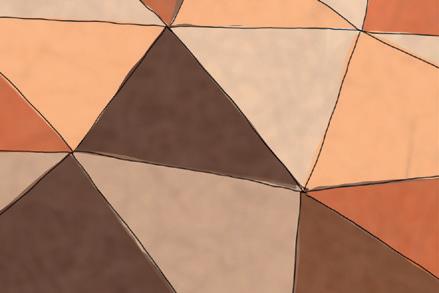
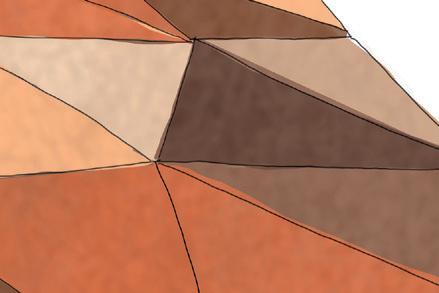
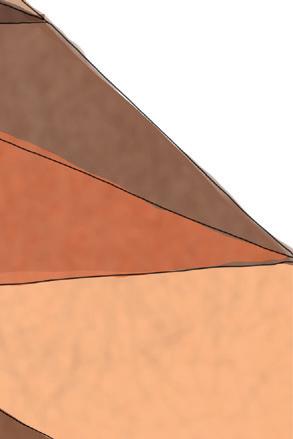

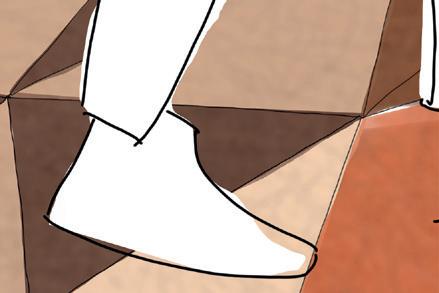
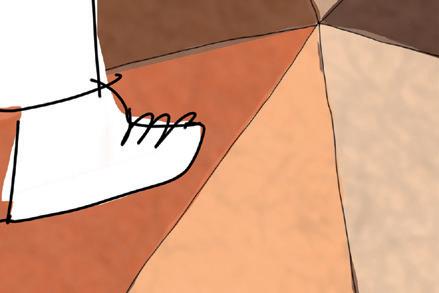
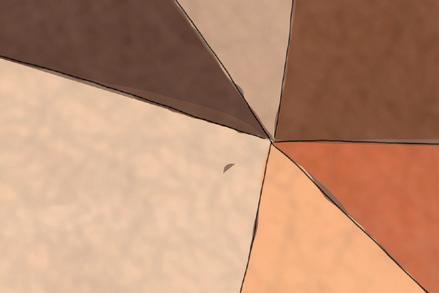
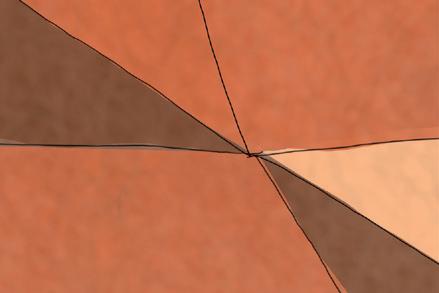
SITOGRAPHY & BIBLIOGRAPHY
Material and Production
Lau K., MacDonald R., Loth R., Marshall K, Woodbridge P., Lam F. “Conversin of sawmill residuals to flakes for OSB”. March 2007.
Earl Kline, “GATE-TO-GATE LIFE-CYCLE INVENTORY OF ORIENTEDSTRANDBOARD PRODUCTIOND”. May 2007
chimicaindustriale.campusnet.unito.it/didattica/ att/f8a6.5252.file.pdf
Energy
T. Jintanawan , G. Phanomchoeng , S. Suwankawin, P. Kreepoke, Pimsalisa Chetchatree, C. U-Viengchai “Design of Kinetic-Energy Harvesting Floors” October 2020
commissionenergia.polimi.it/wp-content/ uploads/2021/10/BEA19_ExecSumm.pdf
commissionenergia.polimi.it/bea-bilancioenergetico-di-ateneo/ pavegen.com iso.org
94










































































































































































































































































































































































































